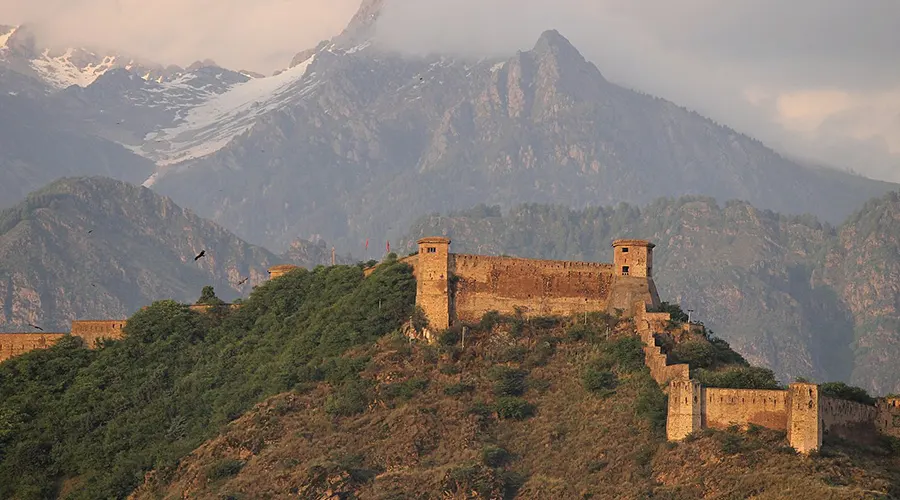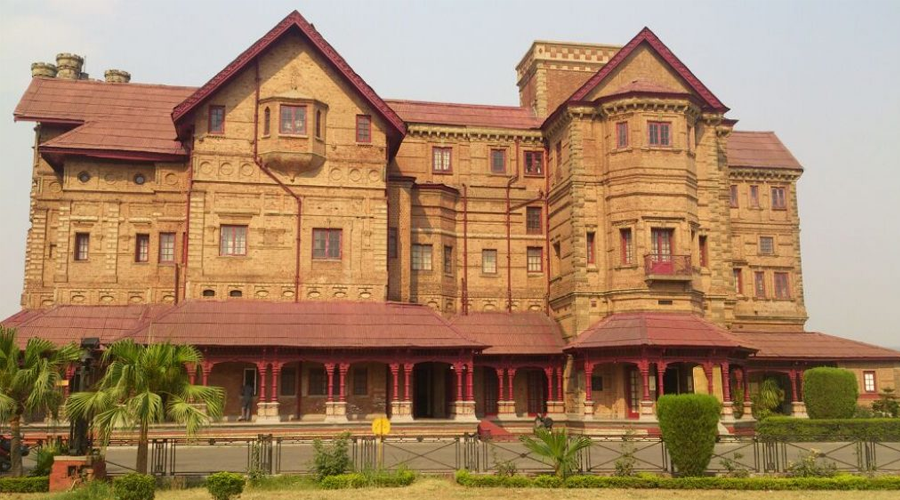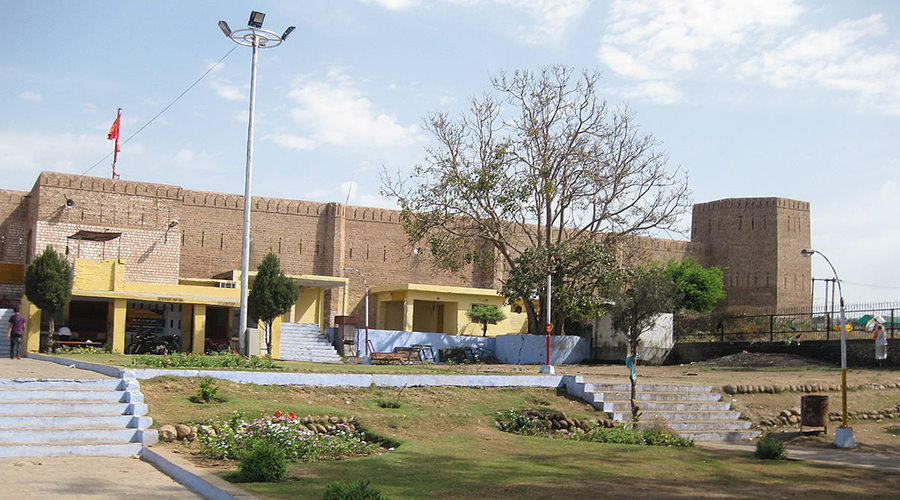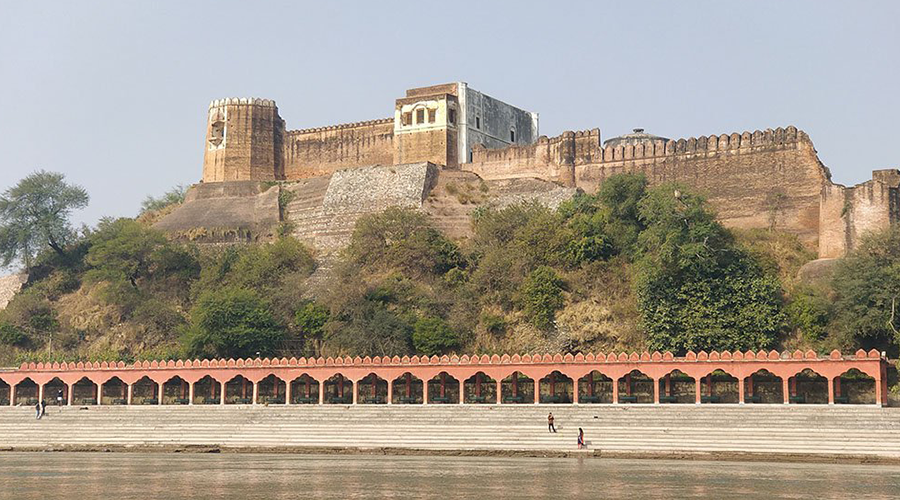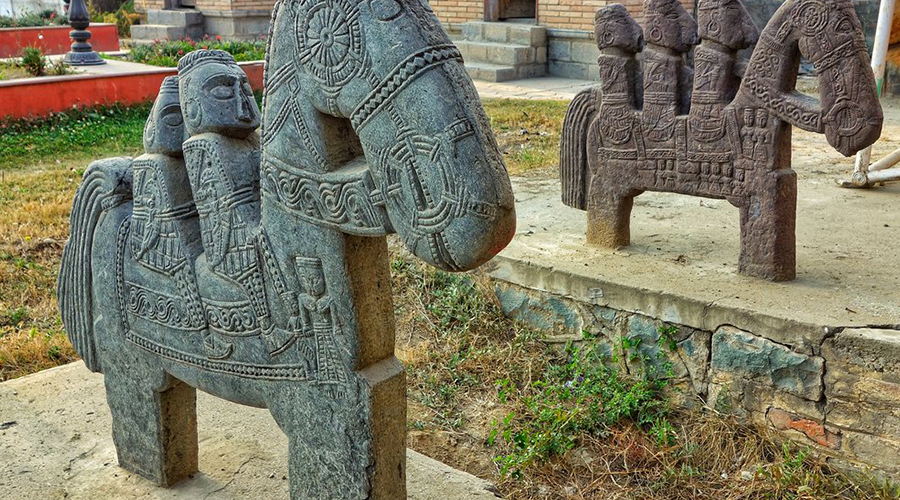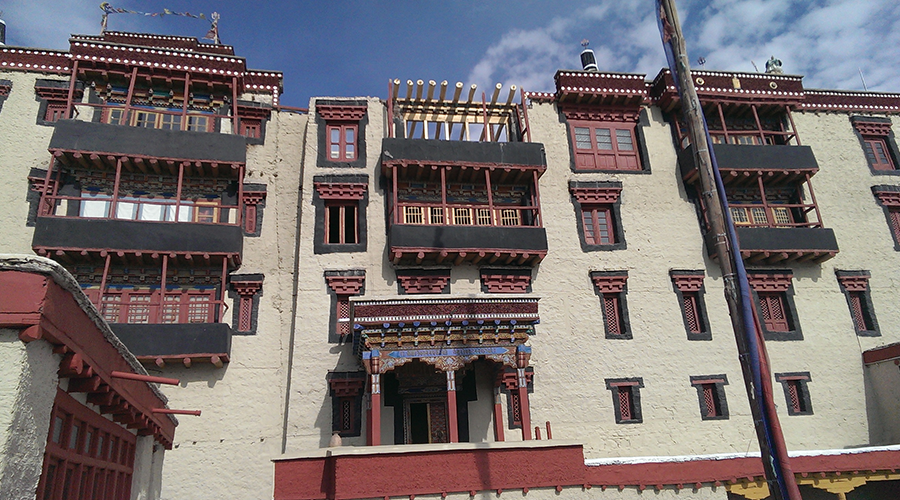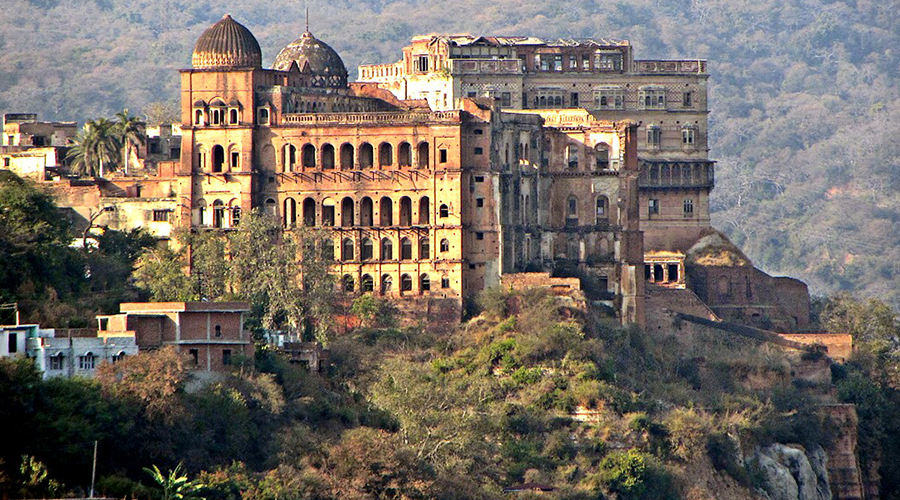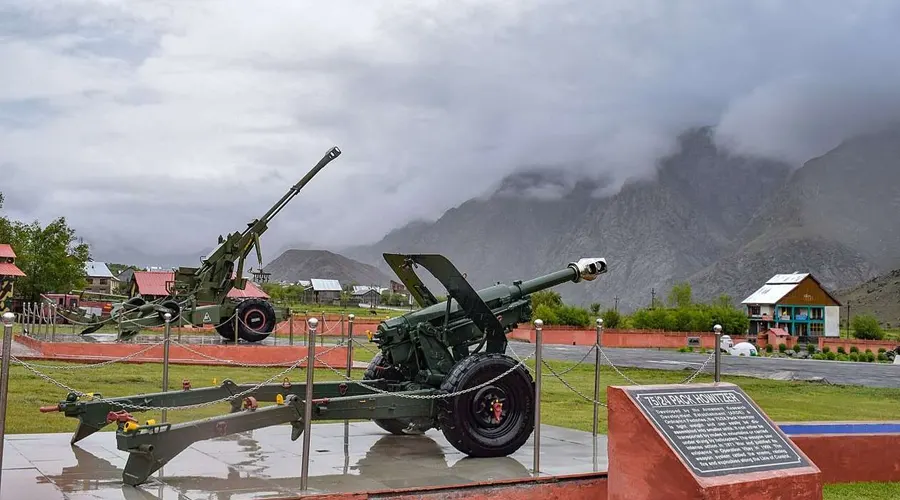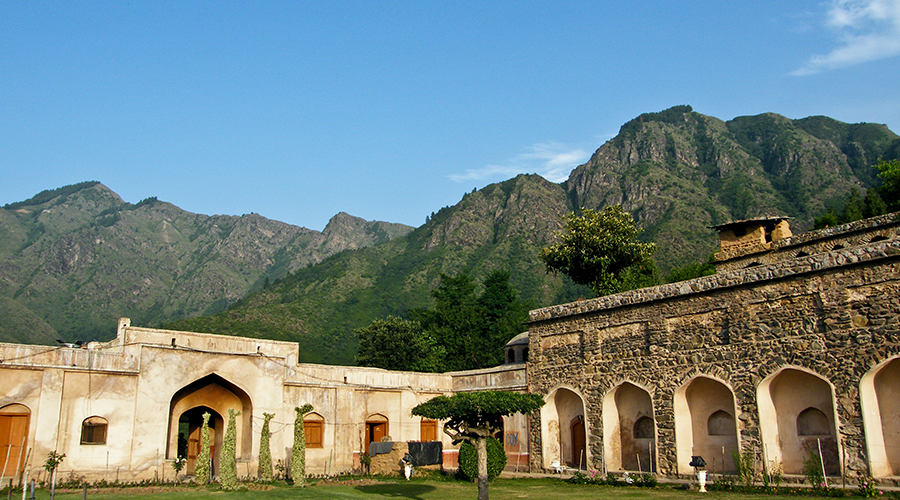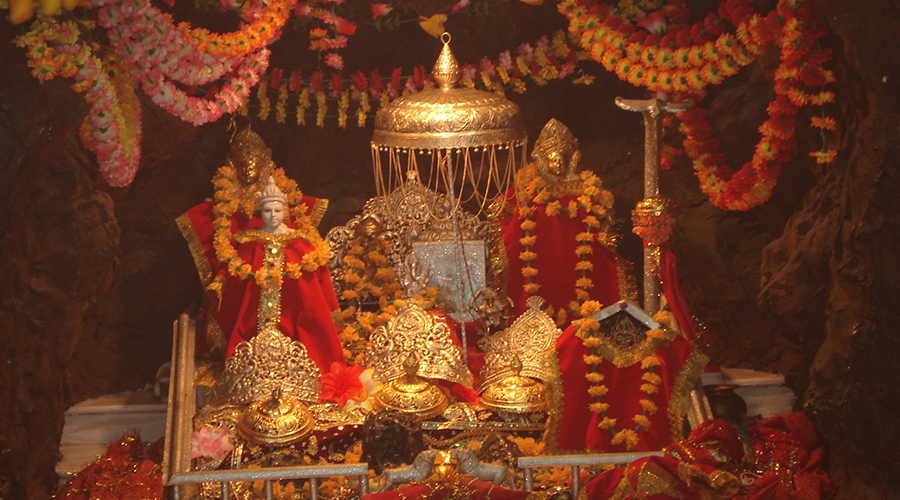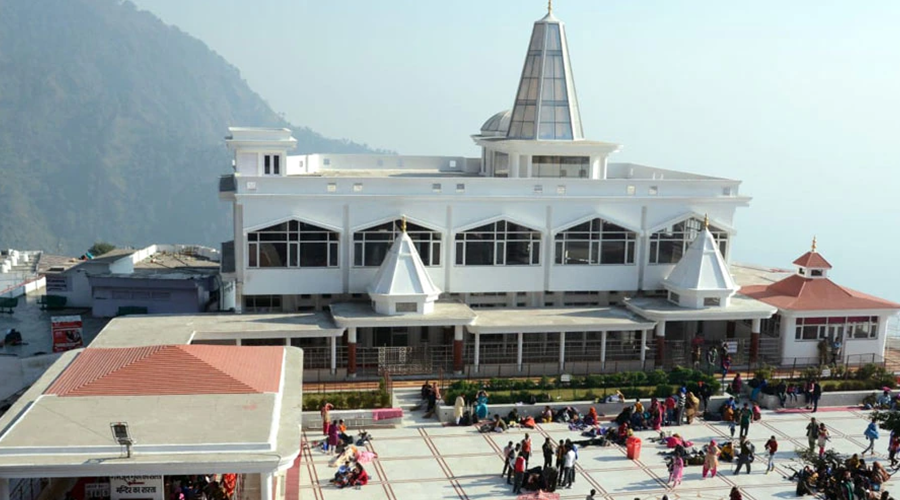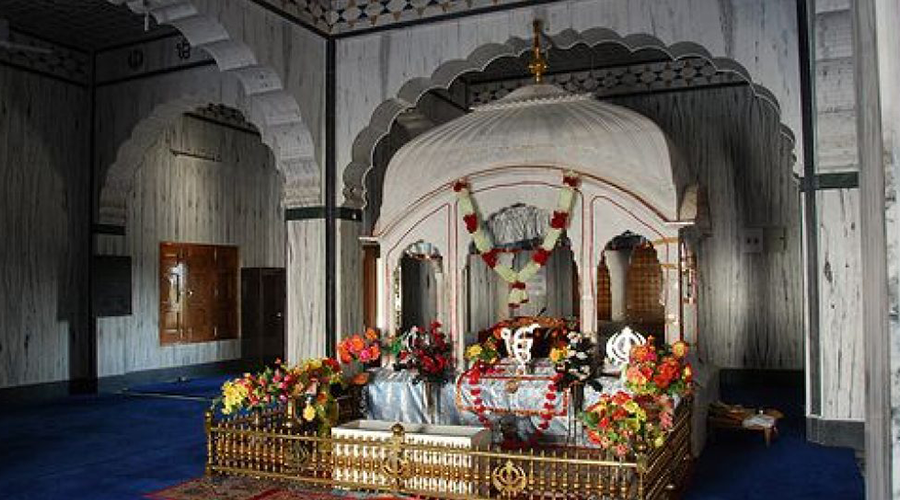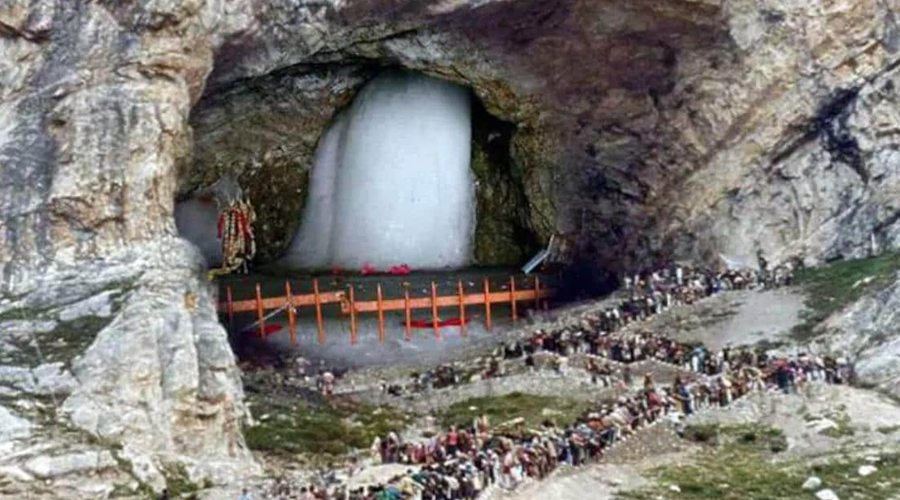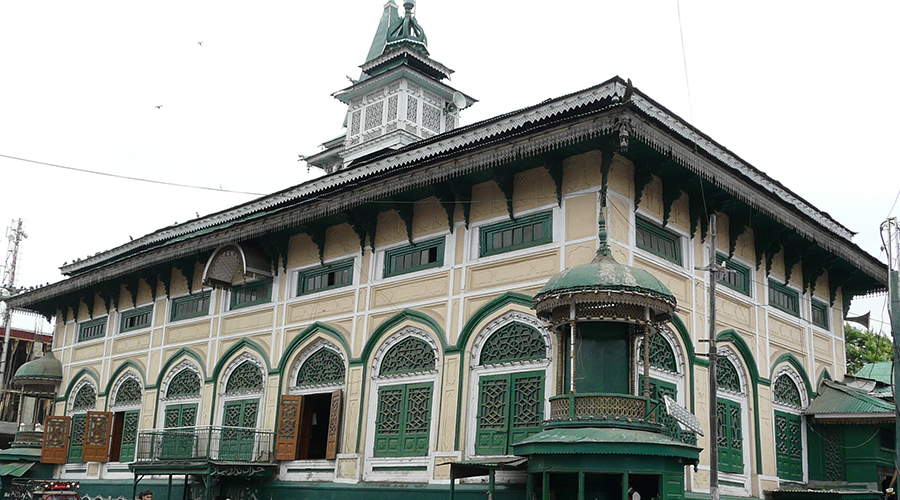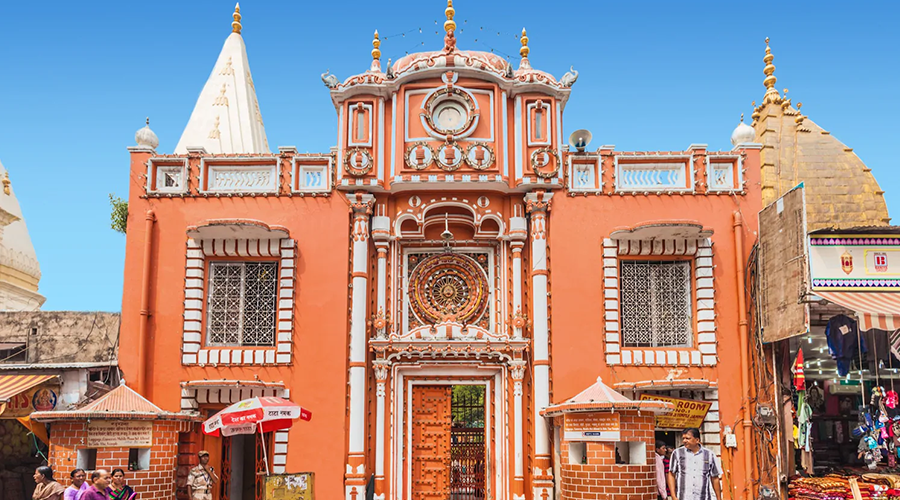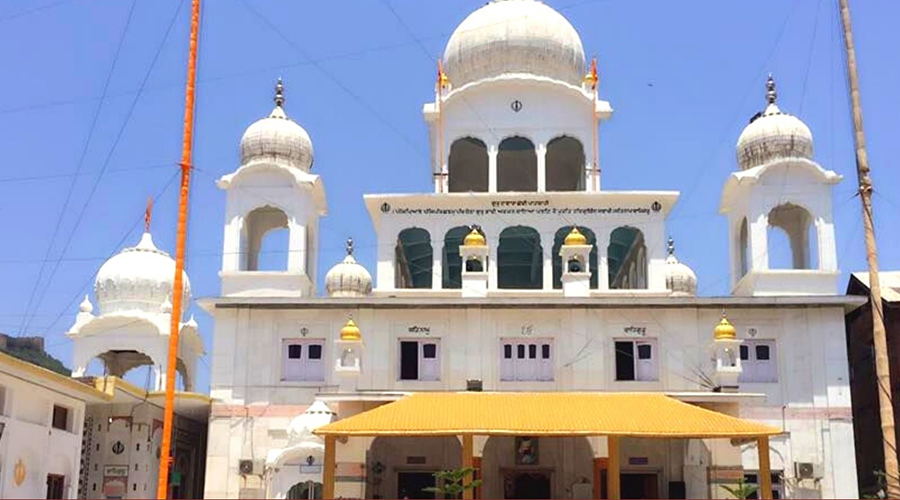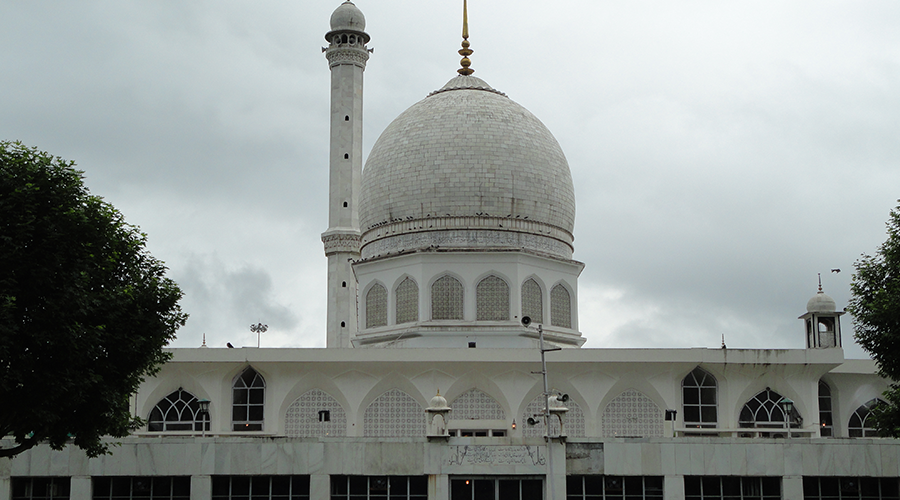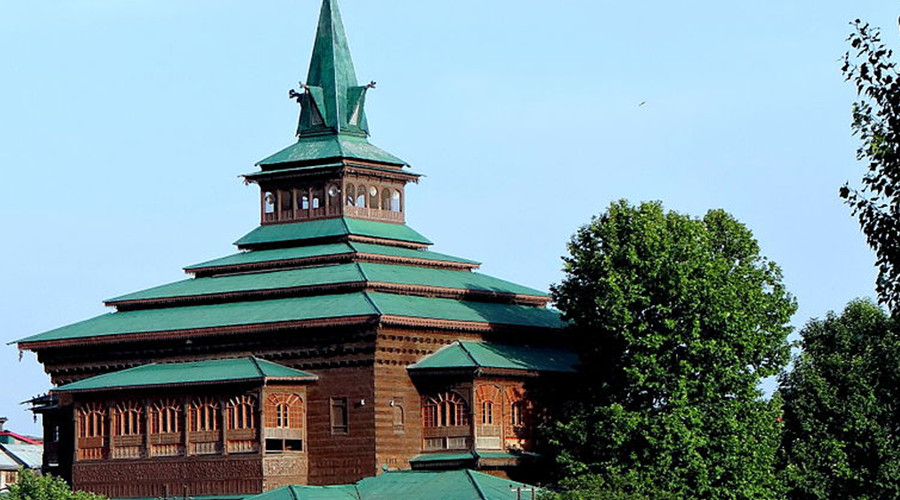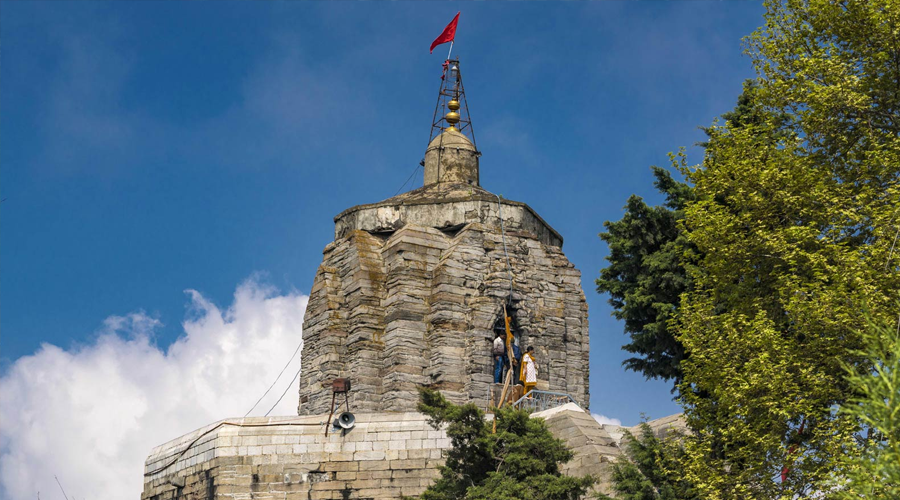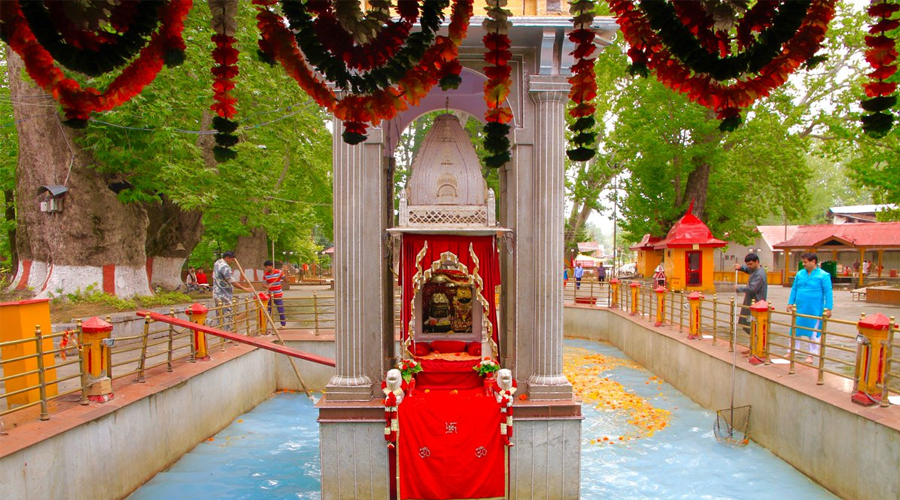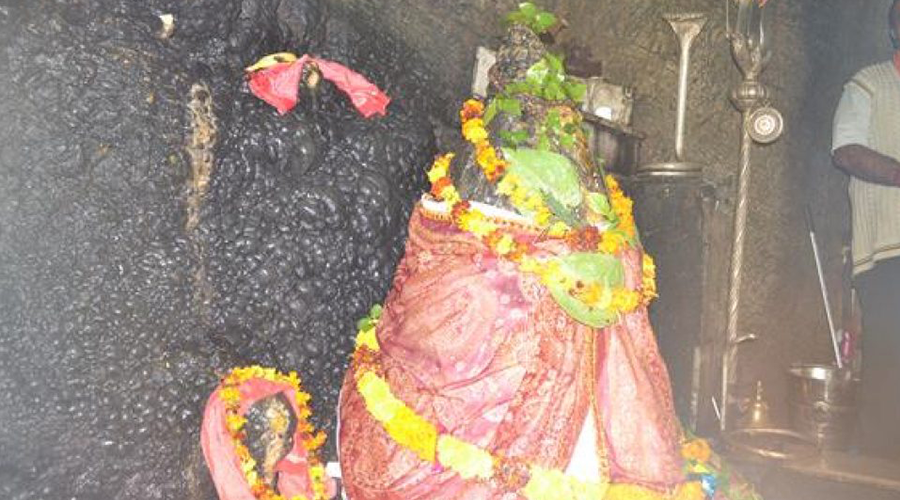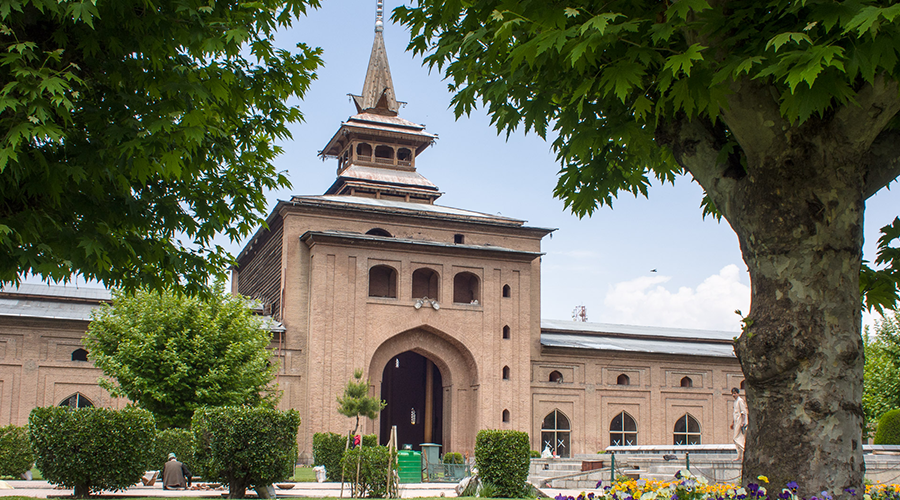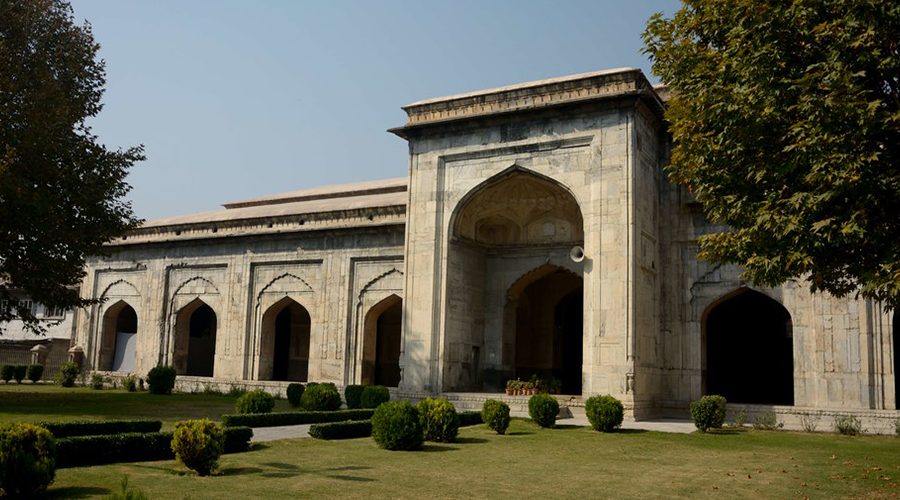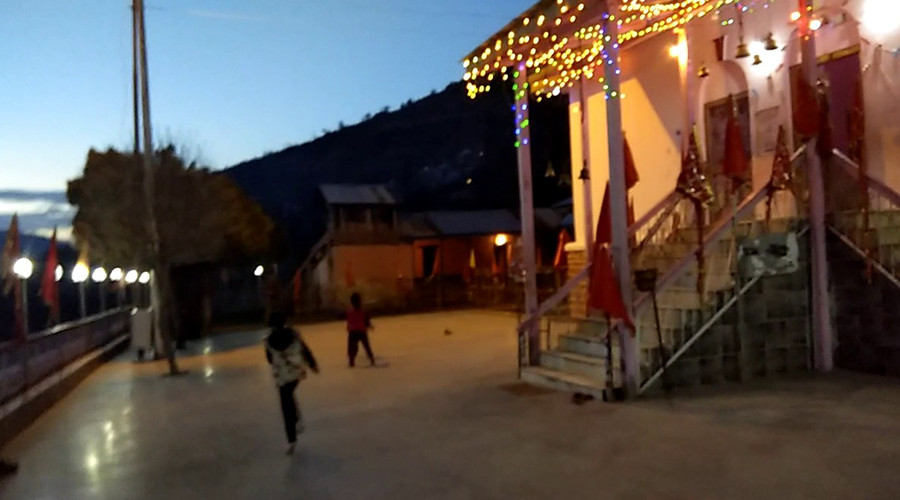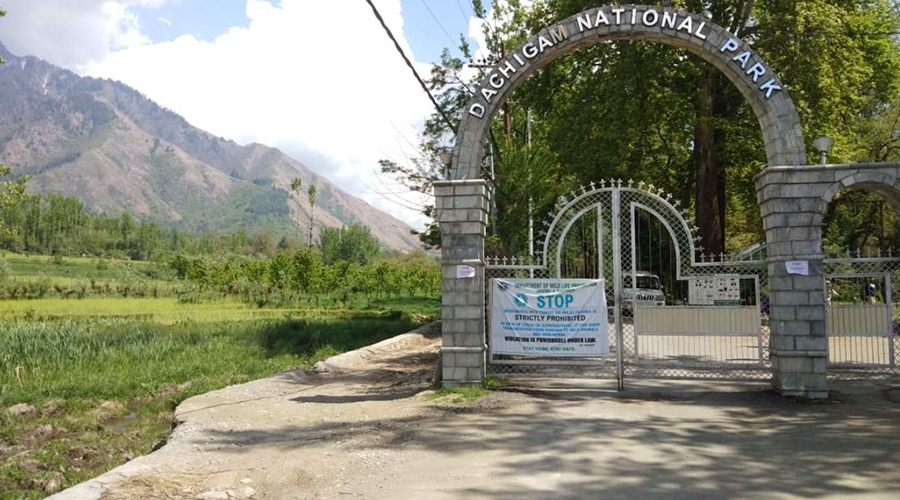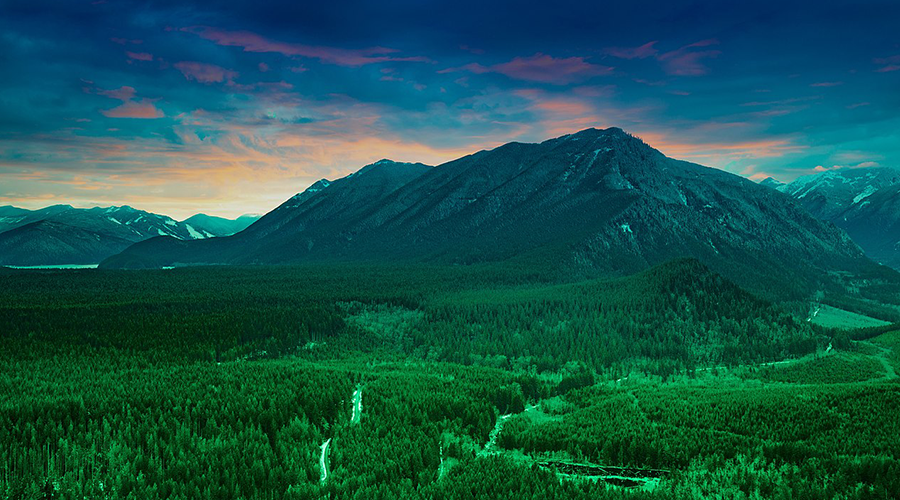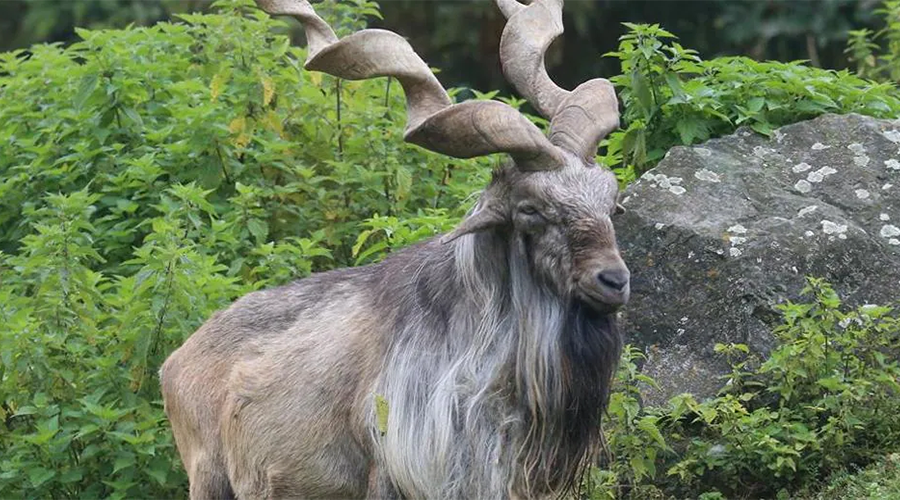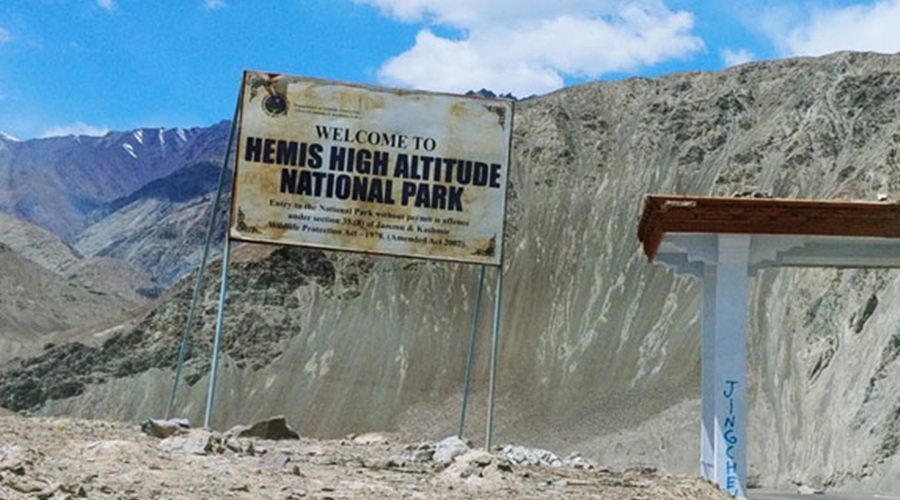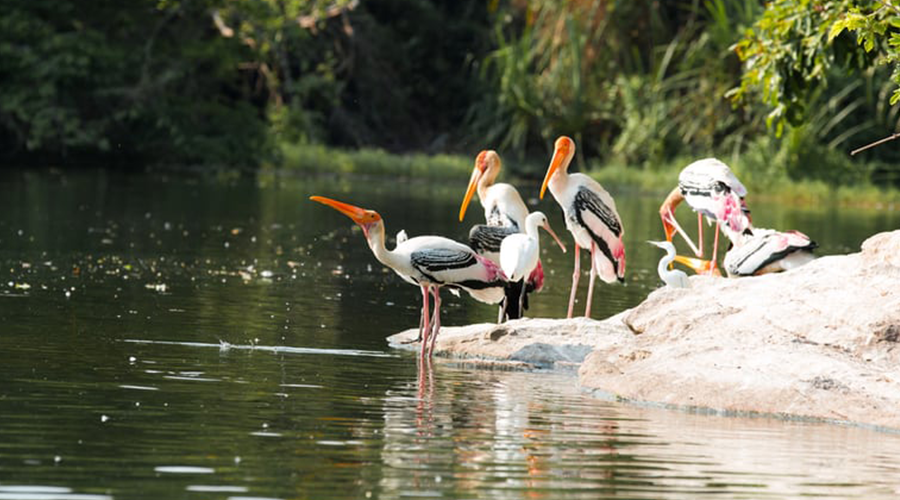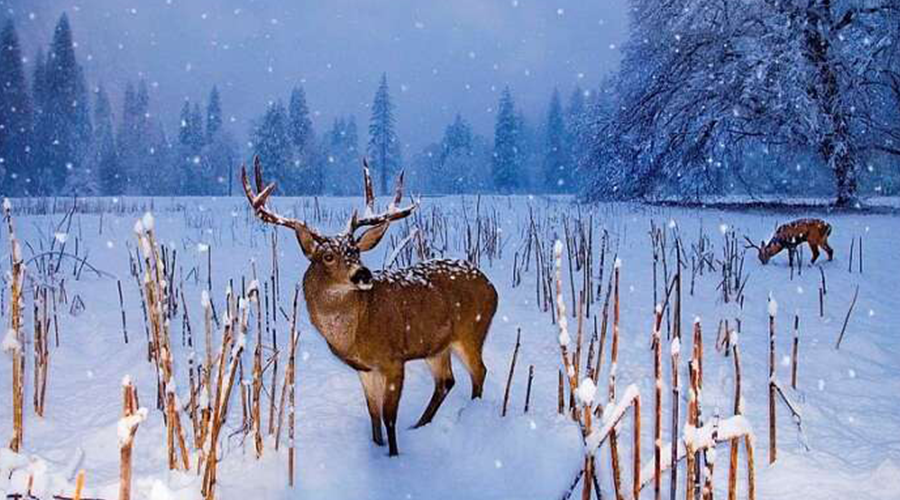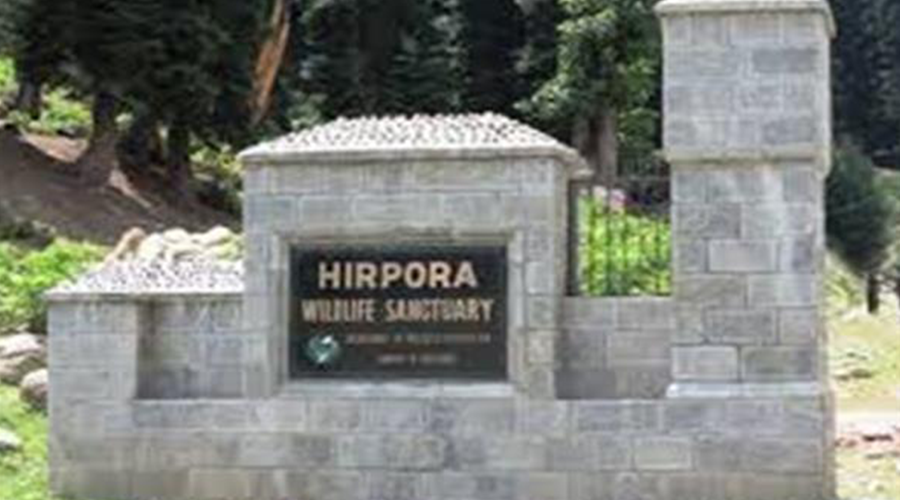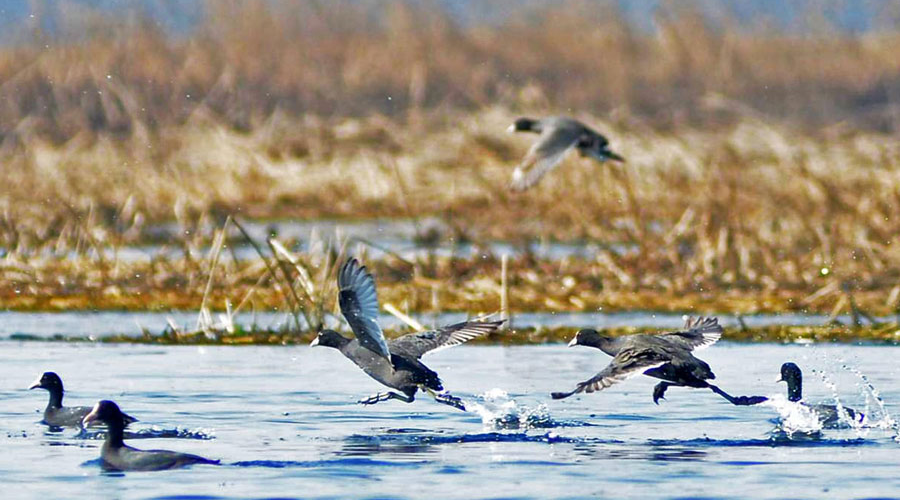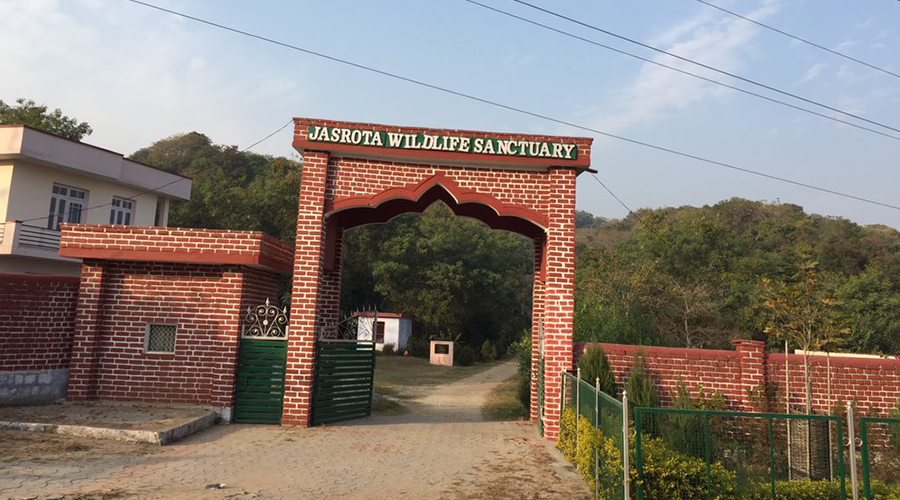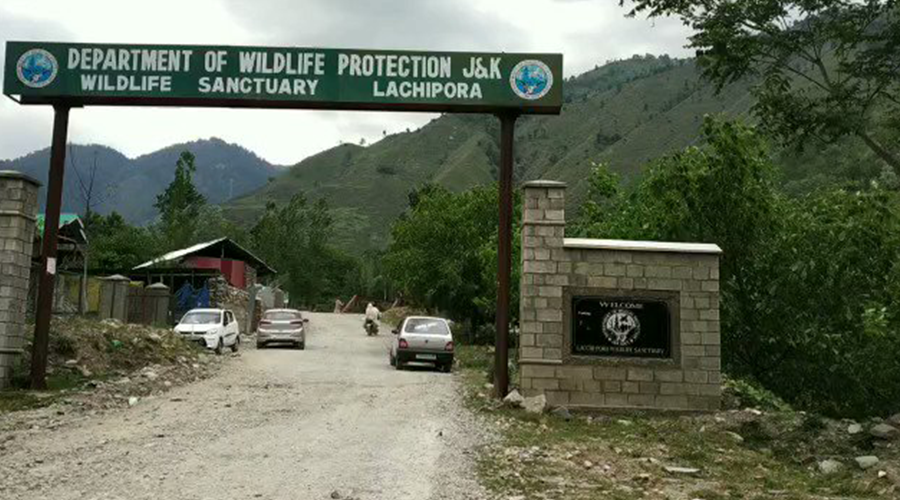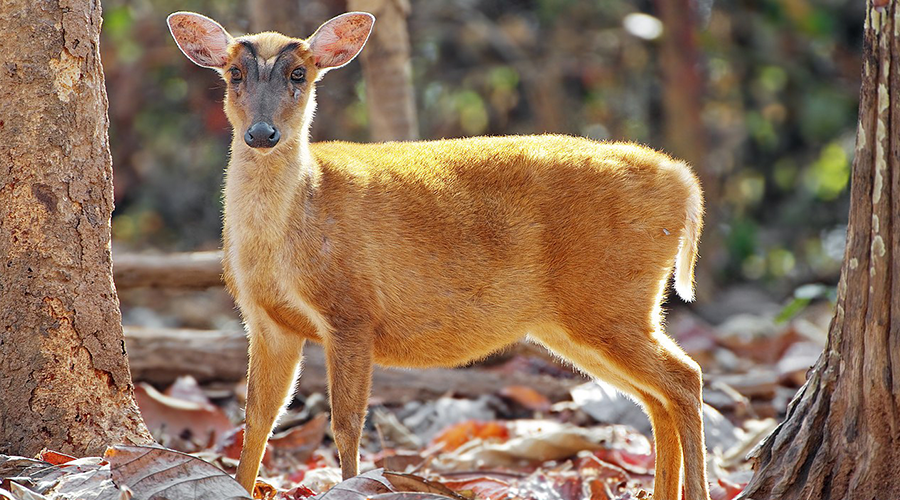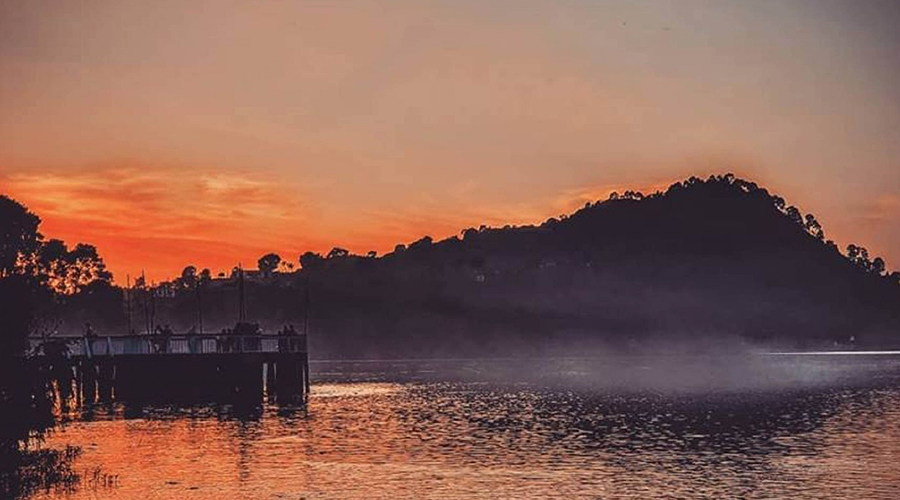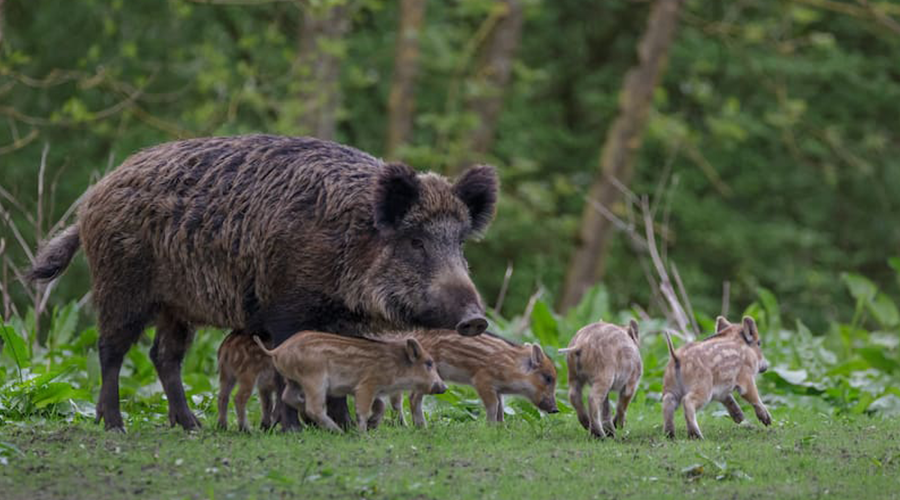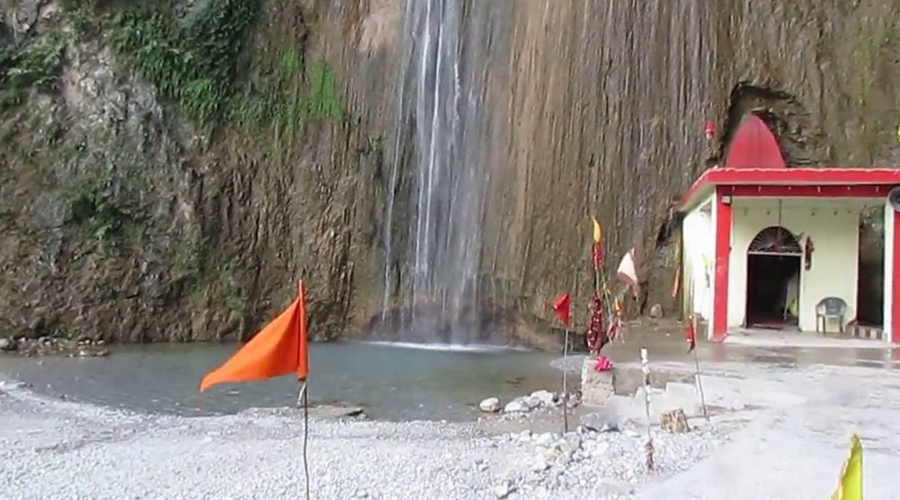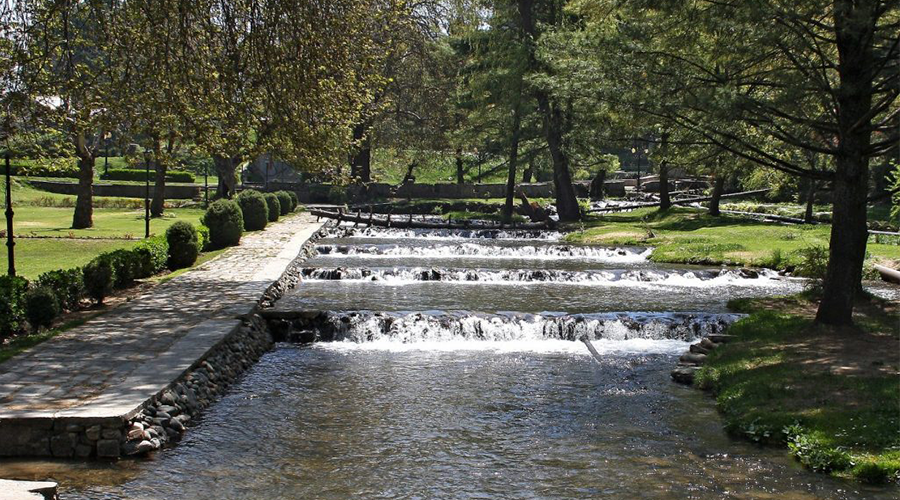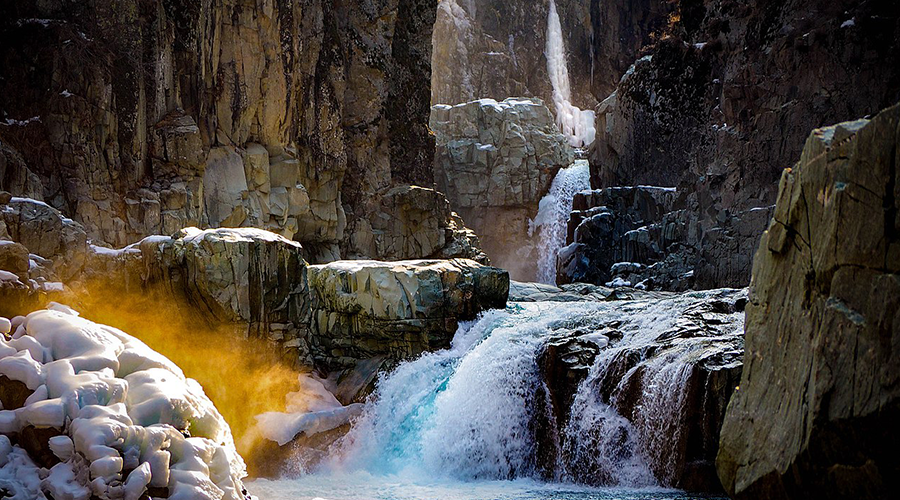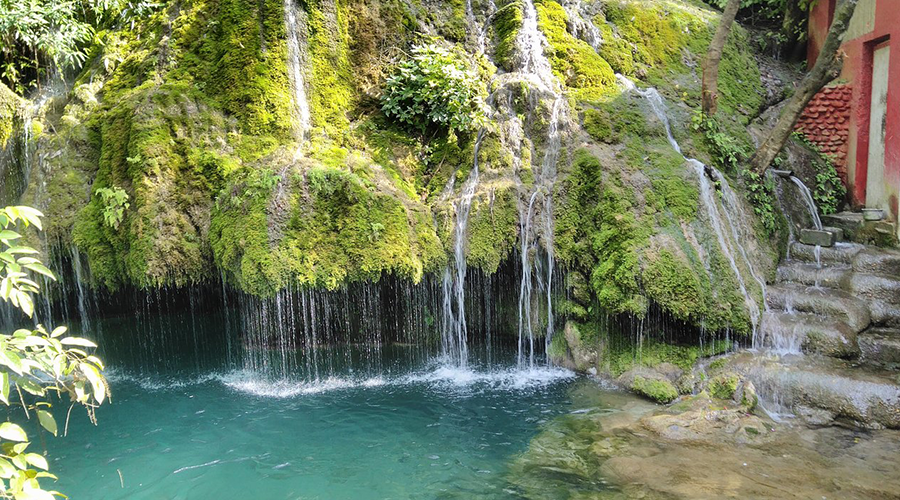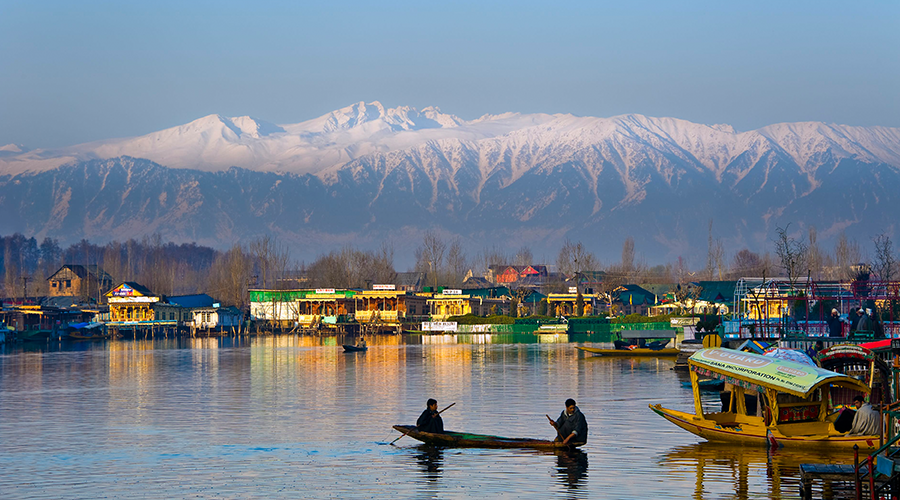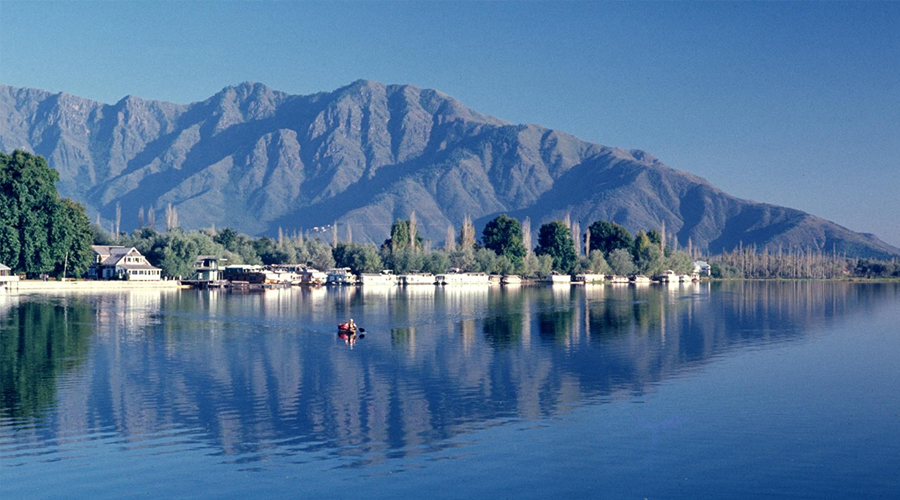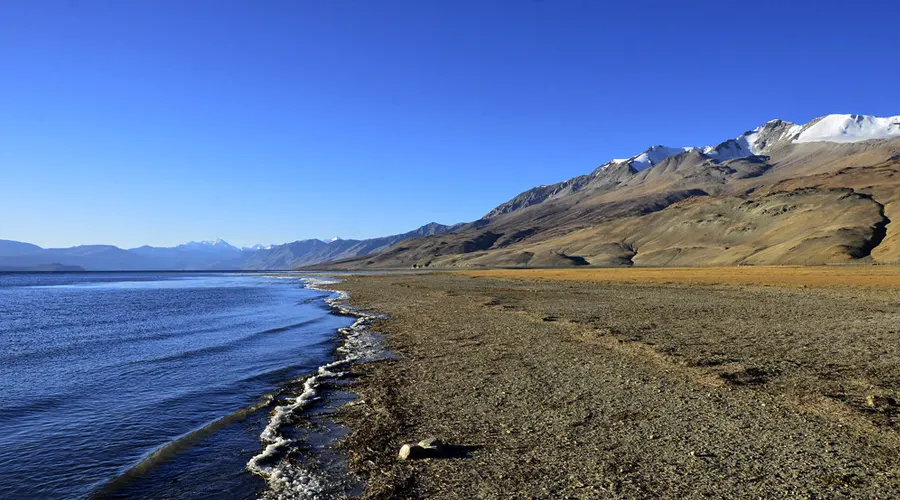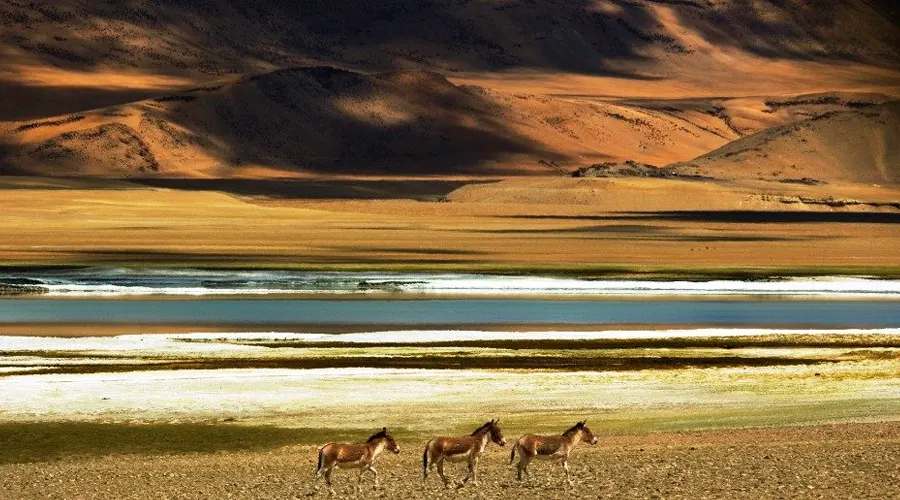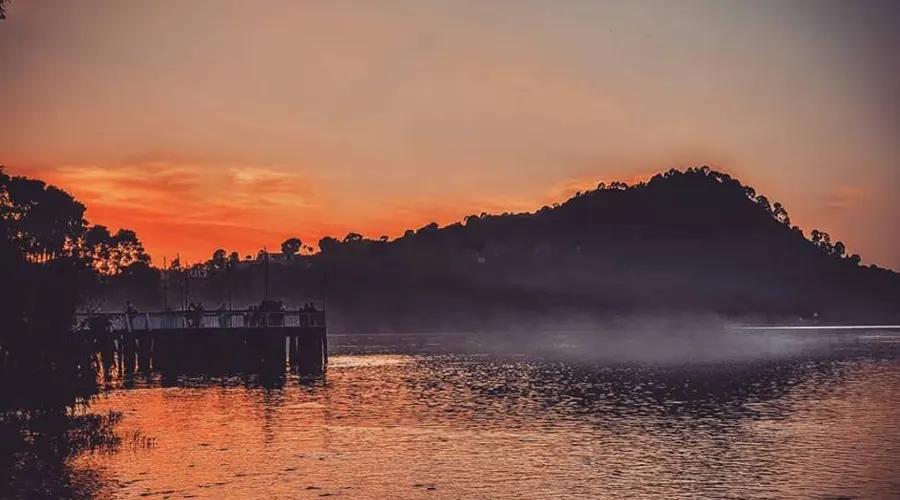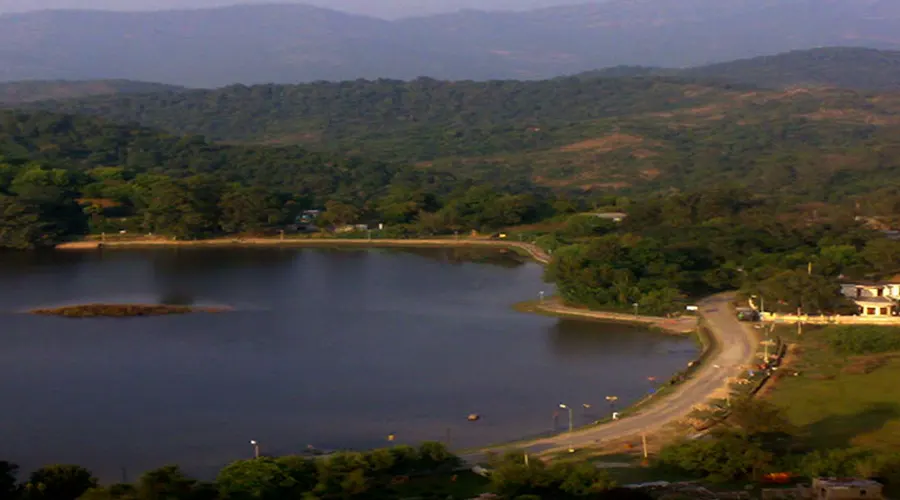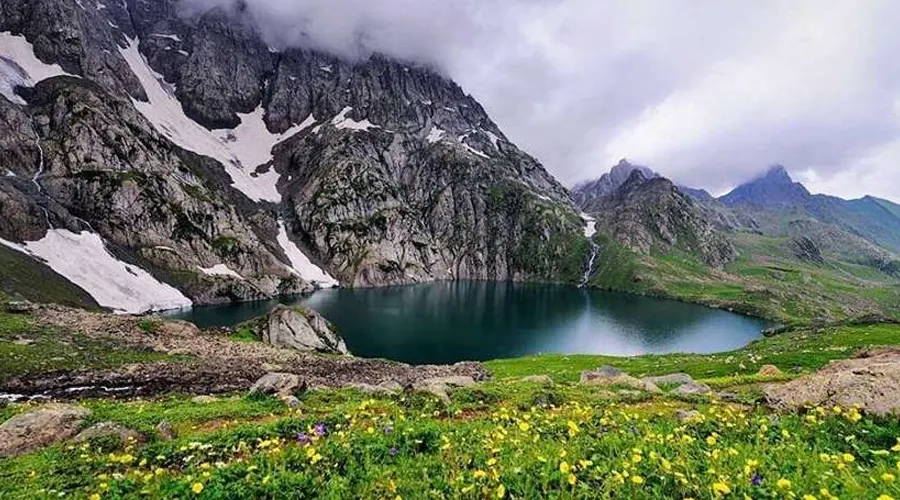Jammu and Kashmir
The state of Jammu & Kashmir has always been a disputed land since the Independence of India. J&K is the reason for the conflict between India, Pakistan, and China. Jammu and Kashmir are also called the Venice of the East. Since its formation, J&K is a center of Extremist and Separatists powers.
The region has been violently disputed by India and Pakistan since its 1947 partition. China, too, which borders the region to the north and east, has been involved in these conflicts. The Indian portion of Kashmir is called Jammu and Kashmir and its capital is Srinagar. The Pakistani-controlled part of the region is called Azad Kashmir and its capital is Muzaffarabad.
History Of Jammu and Kashmir
The history of Kashmir started just before the great Mahabharat War. The first ruler of Kashmir was Gonanda, Gonanda was killed in a battle along with his son, and at the time of the commencement of the Mahabharat war, Gonanda II was ruling over Kashmir. Ashoka founded the old city of Srinagar known now as “Pandrethan”. After the death of Ashoka, his son Jaluka ascended the throne of Kashmir, and the latter was succeeded by his son King Damodar II.
The valley for over two hundred years was ruled by Indo-Greek Kings before the start of the “Turushka” (Kushan) rule in the state. The contact with the Greeks is responsible for the beautiful architectural and sculptural style of old Kashmir temples. Khemgupta ascended the throne of Kashmir in 950. The last Hindu ruler of Kashmir was Udayan Dev. Before his death, he embraced Islam. His death in 1339 paved the way for the establishment of Muslim rule in Kashmir.
Then Kashmir was ruled by Muslims and Mughals respectively. The Mughal rulers never came alone but were always accompanied by hundreds of Nobles, Amirs, and Umrah, Princes, and Army Generals. Then came the Afghan Rule and the Dogra Period, the greatest service of the first Dogra ruler is the foundation that he laid for the modern Jammu and Kashmir State.
When India got freedom in 1947 Hari Singh the Maharaja of Jammu and Kashmir, wanted his state to remain independent, and have two options either to include their state in India or Pakistan, Hari Singh took a long time to make this decision. At the same time, Kashmiri (Muslim majority population) on the Pakistan side opened a front against Hari Singh. To deal with the rebellion, Hari Singh sought the help of the Indian Army and agreed to merge his kingdom with India.
The land was divided into two parts- India and Pakistan. The Indian side of Kashmir is called Jammu and Kashmir and the Pakistani-controlled part of the region is called Azad Kashmir.
Culture and Tradition of Jammu Kashmir
Jammu Kashmir is a diverse blend of various cultures People from different religious and social practices of Muslim, Hindu, Sikh, and Buddhist have created a composite culture of the state which is called Kashmiriyat. Kashmiri comprises Kashmiri Pandits, Kashmiri Muslims, Gurjars, and Rajasthani Rajputs.
Kashmiri wedding traditions are full of joyful and traditional ceremonies. Emphasis is also laid on matching the background, status, and reputation of the family of the prospective match.
Kashmiri People and Origin
The inhabitants of Kashmir are commonly referred to as Kashmiris who are ethnically linguistic faction. The indigenous populace of Kashmir usually lives in crowds in the areas of Pakistan, Northern Punjab, and Potohar. The influences of the Sanskrit dialect can be noticed in their local speech as you travel to different parts of Kashmir. The culture also seems to be heavily impacted by Central Asian and Persian beliefs. The various aspects of the culture of Kashmir as discussed below form an important part of the Kashmiri ethos. Kashmiri culture is predominantly practiced by the populace who live in the Kashmir and Dodab valleys. Furthermore, the valley is renowned for its fine arts, consisting of customarily indigenous boats/houseboats, handicrafts, and literature.
Traditional Dresses of Jammu & Kashmir
A specialty of Kashmir has to be the vibrant costumes of the region. The women of Kashmir look gorgeous dressed in traditional clothing paired off with exquisite jewelry such as necklaces, armlets, earrings as well as nose rings. Furthermore, they also wear loose salwar kameez to escape the summer heat. On the other hand, men wear kurta pajamas, shalwars, and skullcaps. During the winter, the people look elegant in Pheran which is a long overcoat that is beautifully ornamented with patches and embroidery work.
The fabric they wear largely depends on the weather and they ordinarily wear loose gowns. Additionally, men and women also wear skullcaps and headgear respectively. Women generally cover both their shoulders and head out of respect for elders. These traditional dresses of Kashmir truly represent the breathtaking culture of the region.
Dance and Music of Kashmir
When talking about the dance and harmonies of Kashmir, the words that come to mind are elegant and magnificent. The joyous festivals there are marked by, of course, music and dance which even attracts the tourists to join in on the excitement. Throughout the region of Kashmir, a wide range of dance forms can be witnessed that are executed based upon the occasion that they mark, for instance, a prominent dance form here is the infamous Mask dance that is executed on the occasion of the Hemis Festival, a popular festival of Kashmir. Another allure of these dances is the bright and vibrant attire paired off with truly exquisite jewelry.
Some other prominent dances of the place are Chakri, Rouf, Bhand Pather, Hafiza, Kud, and Bacha Nagma. The folk music of Kashmir will force anyone to start tapping their feet, especially to the lively Rabab Music. Apart from that, instrumental music is quite prevalent in Kashmir and therefore common melodies that can be heard are the Sitar, Dumru, and Nagara. Apart from that, the music that accompanies festive occasions such as celebrations, parties, and weddings is mainly Wanwun, Ghazals, Choral as well as Sufi.
Kashmiri Cuisine
Kashmir is a place of many wonders. The beautiful landscapes, beautiful handicrafts, unique horticulture, age-old traditions, and much more comprise the enthralling beauty of Kashmir. In most cultures, food also holds an essential part in adding to the cultural assets. Kashmir is not just comforting to the eyes but also offers to fill one’s tummy with varied choices of delicacies. The traditional Kashmiri foods spoil people with their soulful taste which makes people crave more. The cold of the place gets a proper balance with its hot and hearty foods.
Today we will make you aware of some of the exciting traditional Kashmiri foods that keep the hearts and stomachs of people happy. Some of these foods do not even require any unique ingredients, but the taste is heavenly.
Kahwa
Kahwa is a primitive beverage of Kashmir, and the mere mention of the name Kahwa reminds people of the hills and beauty of Kashmir. Every traditional Kashmiri household welcomes its guests with a warm cup of Kahwa.
Kahwa is a unique take on green tea. The Kashmiris cannot imagine their lives without a warm cup of Kahwa. The drink is straightforward to prepare, and Kashmiri green tea leaves, cardamom and cinnamon powder, saffron, and crudely ground almonds are Kahwa’s essential ingredients. The glass has revitalizing qualities with its tasteful ingredients. Kashmiri gatherings are incomplete without a warm cup of Kahwa.
Mutton Rogan Josh
Rogan Josh is hands down one of the most traditional foods of Kashmir. The rich color and succulent meat with aromatic spices are a heavenly combination for all meat lovers.
Mutton Rogan Josh is a fantastic Kashmiri cuisine recipe. The Mughals introduced it, and Kashmir made it one of its signature dishes. The formula is also straightforward and is healthy, unlike what the name suggests. Everyday ingredients like onion, yogurt, and red chilies form the curry. The tender pieces of lamb absorb the flavor and provide the sensation with every bite. The combination of mutton rogan josh with a steaming bowl of rice or naan will be a perfect traditional Kashmiri food experience.
Dum Olav
Dum Olav, also known as Dum Aloo, is a prevalent dish across India. It becomes a traditional Kashmiri delicacy with unique layers of spices and herbs that heighten the taste.
Potatoes receive an equal amount of love from both vegetarians and non-vegetarians. The king of vegetables gets a particular take when the Kashmiris prepare it with their unique touch. Ginger powder, fennel, yogurt, and some other spices come together to form this aromatic dish. The hearty taste of Dum Olav is a top choice for every foodie. Combine it with naan or chapati and enjoy the all-time favorite potatoes in the traditional Kashmiri style.
Yakhni, or Yogurt Lamb Curry
Yakhni is another favorite dish for all meat lovers. This is another signature traditional Kashmiri food, and the heavenly taste of the rich gravy bewitches the heart and soul of everyone who tries it.
Yakhni is a famous yogurt-based dish. The extra zing comes from the addition of the flavored mawal flower. Other elements that form this beautiful concoction are onion paste, dry mint leaves, black and green cardamoms, and aromatic fennel seeds. Yakhni is an authentic Kashmiri dish, and the dish is a part of the age-old traditional dishes.
Kashmiri Saag
Saag is a well-known leafy vegetable across the nation. Each state has a distinctive style of preparing the dish, and Kashmiris also have come up with a tasty yet straightforward saag preparation.
Kashmiri saag is a healthy yet tasty dish that offers a break from the heavy seasonings of other dishes. Spinach is the main component, and mixing some simple but flavourful ingredients makes saag a must-try traditional Kashmiri food. Even people who are not fond of vegetables must try this once and decide that healthy can be tasty too.
Modur Pulav
Modur Pulav is an authentic Kashmiri take on pulao. The dish tastes sweet, making it a perfect accompaniment for any spicy meat or vegetable side dish.
Modur pulav has a very distinctive taste. Saffron, green cardamom, cashews, almonds, milk, ghee, and other heavenly ingredients form modur pulav. Saffron is indigenous to Kashmir, and the usage of saffron is common in many dishes. The aroma and taste of modur pulav heighten with the use of saffron. The hearty taste of the sweet rice dish will make one realize the rich tradition of Kashmiri dishes.
Goshtaba
Goshtaba is another traditional Kashmiri food passed on from generation, and the dish is popular because of its royal taste.
It is made on extraordinary occasions. It is a minced mutton ball prepared in yogurt and other spices gravy. The rich taste of the dish is said to make you feel like royalty, for the dish is apt for serving to a king himself. To truly taste traditional Kashmiri food, goshtaba is a must-try.
Paneer Chaman
Paneer Chaman is an authentic Kashmiri food that holds the power to become a favorite even for non-vegetarians. The rich preparation of paneer Chaman tingles the taste buds with every spoonful.
Paneer Chaman is made by simmering the paneer in milk along with the flavors of cardamom. The rich and creamy result of the delicacy will make visitors crave more. A hot bowl of paneer Chaman with naan or a steaming plate of rice will balance the cold with its warm flavors.
Nadru Yakhni
Nadru Yakhni is an exceptional vegetarian dish of Kashmir. Lotus stems are the highlight of the dish, which the locals cook in a delicious gravy.
The crunchy lotus stems receive a tasty makeover in nadru yakhni. The locals use yogurt, gingers, and bay leaves to make the gravy. Visitors can enjoy sipping the rich sauce and biting on the lotus stems to get an extra crunch. The taste of a warm bowl of nadru yakhni will stay with visitors for a long time.
Sheermal
Sheermal is another signature dish of Kashmir. When we think of flatbreads, we imagine them as the ideal accompaniment for a fantastic side dish of meat or vegetables. But for the Kashmiris, flatbreads can become a meal in itself.
Sheermal is a sweet take on flatbreads. The texture of the dish is crispy on the outside and melts in your mouth on the inside. The sweetness of sheermal is more enjoyable with the locals. To end your perfect traditional Kashmiri platter on a sweet note, do not forget to try this unique flatbread.
Festivals of Kashmir
The people of Jammu and Kashmir celebrate numerous festivals throughout the year, and participating in these is a great way of getting a glimpse into its culture and traditions. Some of these festivals like Eid, Diwali, and Holi, are celebrated by the people just like anywhere else in the country. However, some festivals are specifically and exclusively celebrated in this part of India, which portray its culture and heritage. Marked by folk songs, dance, and a variety of local rituals, they are colorful, exciting, and interesting events to participate in.
Popular Festivals in Jammu Region
Jammu celebrates a variety of festivals throughout the year. While some of these are based on agricultural traditions, others are associated with mythology and religion.
Bahu Mela
Bahu Mela Festival is celebrated twice a year, from March to April and September to October, at the 3000 years old Bahu Fort, located about 5 kilometers from the main city. During the festival, people offer prayers, take a sacred dip in the Tawi River and enjoy a variety of joy rides.
Purmandal Mela
Purmandal Mela is a three-day fair organized at a venue located about 39 kilometers from Jammu, on the occasion of Shivaratri. It is a celebration of Lord Shiva to Goddess Parvati. During this time, the ardent devotees are attired in their best dresses and seek blessings at the temples. During the mela, the temples where devotees can be seen in large numbers are Ranbireshwar Temple, Panjbhaktar Temple, and Peer Khoh.
Jhiri Mela
Jhiri Mela is celebrated every year from October to November and commemorates the martyrdom of Jitu Baba Jhiri Mela, who was an honest farmer. Often harassed by his landlord, he was harassed to give away his crops. As a protest against the atrocities of the local landlord, he was forced to commit suicide. This festival is celebrated to honor the integrity of the Baba and on this occasion, the followers of Jitu Baba gather from all over India to celebrate this wonderful festival.
Popular Festivals in Kashmir Valley
The various festivals in Kashmir Valley reflect its fabulous landscape, traditions, and folk culture. What is interesting is that all of these are celebrated exclusively in this valley.
Pahalgam Festival
Pahalgam Festival is celebrated with the arrival of spring and is a gala event that is marked by artists, performances, and a variety of events. Other events which are a part of this festival are tonga rides, village walks, cultural zones, kid zones, stand-up comedy, musical events, street food corners, and art exhibitions.
Shikara Festival
The Shikara Festival is celebrated on the pristine waters of the Dal Lake, and during the festival, is filled with Shikaras, the traditional Kashmiri boats. The traditional boats, which are very beautifully decorated, elegantly float past Lakeway and Floating Vegetable Markets.
Saffron Festival
The colorful Saffron Festival in Visoo, Pampore is celebrated over three days. A film show is organized which depicts the sowing and harvesting process of saffron, its medicinal value, plucking of saffron flowers followed by a cultural show. During the festival, the saffron growers are offered a rebate while being made aware of its benefits and medicinal values.
Kheer Bhawani Mela
The Kheer Bhawani Mela is located in Tullamulla in Srinagar and is a revered Hindu shrine devoted to Ragnya Devi, the Hindu goddess. It is celebrated on the eighth day of the full moon in May, and on this occasion, devotees fast on this particular day and gather at the temple in enormous numbers. It is believed that on this day, the goddess changes the colors of the spring’s waters. During this mela, a large number of Hindus visit the temple to seek the blessings of the goddess.
Arts and Crafts of Kashmir
Kashmir, paradise on earth, is a place famous for its picturesque beauty. Apart from its abundant and mesmerizing nature, handicrafts add another feather to Kashmir’s cap. The rich culture of handicrafts ubiquitous in Kashmir has been an asset not just for the region but for the entire nation.
Kashmiri handicrafts provide a comprehensive option for visitors to choose from. The traditional artisans painstakingly make handlooms, wood carvings, home decor, and everything of Kashmir. Tourists always have a satisfactory experience with their souvenir collection, thanks to Kashmiri handicrafts.
The long tradition of handicrafts has been a vital part of the communities in Kashmir. Let us find out more about the Kashmiri handicrafts with a brief introduction to their origin.
Origin of Kashmiri handicrafts
Kashmiri handicrafts’ locus is in the districts of Srinagar, Ganderbal, and Budgam. The rich culture of these places, along with some other neighborhoods, brings to life the distinctive heritage of Kashmiri handicrafts.
The unique artistic experiments with shawls, bedsheets, inkstands, boxes, palkis, spoons, and trunks were famous across India. The art of shawl making was native to Kashmir. The notable hand-crafted works of the traditional artists of Kashmir have come a long way and have become eminent due to their efficiency as high-quality art globally.
Now let us see the various types of Kashmiri handicrafts.
Art of Papier Mache
Papier Mache is an art form that was cultivated in China. The Chinese paper-modeling art form from the Hans Dynasty traveled far and wide in the wake of the craft trade across the globe. The art form came to India in the 14th Century with Mir Syed Ali Hamdani, a Persian mystic.
The Kashmiri style of representing Papier Mache is unique. The intrinsic designs, colorful dyes, and different objects made with Papier Mache are of the highest quality. There are two steps in making Paper Mache. The first step is called Sakhtsazi, and the second step is called Naqashi.
Sakhtsazi is the foundational step that requires molding the paper pulp into the desired shape or object. Naqashi is the step of decorating the Papier Mache. The common themes of Naqashi are Kashmiri symbols like almonds, and chinar leaf, and other designs like jungle motifs, flowers, and box patterns. A distinctive story is painted on the objects. The viewers are drawn to the precision of the details. Tourists can choose their favorite designs and bring back authentic souvenirs to decorate their homes.
Kashmiri Carpets
The fashion of carpet weaving also came to India with Persian travelers. Sultan Zain-ul-Abidin is thought to be the one to bring carpet weavers from Persia and Central Asia to Kashmir, India. The term ‘Kal Baffi’ is used for hand-knotted carpets. The locals of Kashmir took an interest in the art and business and learned the tradition to pass it from generation to generation.
Kashmiri carpets are an essential form of Kashmiri handicrafts. The weavers put in a lot of hours to complete one carpet. Each carpet has an average of 200 to 900 knots per square inch with beautiful patterns. The specialty of these carpets is their choice of fabric, embroidery, and color combination. The materials of the carpets are either wool or silk. The lengths of the thread or yarn decide the distinction between a carpet and woven rugs.
Three main features decide the quality of the carpets: the design, the yarn, and the weaving style. The more complex the delicate works are, the more price they will fetch. The hand-woven carpets and rugs of Kashmir have caught people’s attention from different parts of the world. The Persian style of weaving carpets has become a very intricate part of Kashmiri culture.
Pashmina
Pashmina weaving is probably one of the most famous handicrafts in Kashmir. The name Pashmina inevitably calls to mind the place, Kashmir. Pashmina has come a long way from being a piece of clothing protecting people from the extreme cold of Kashmir to becoming a fine luxury item.
Pashmina is indigenous to Kashmir. The Himalayan Mountain goat produces the fleece for Pashmina. The people of Kashmir were the first to present such products. Srinagar is the hub for producing Pashmina products. Many varieties of Pashmina are available for both locals and tourists. Sarees, shawls, scarves, and even wraps are famous Pashmina items. The entire work on the cloth is handmade. Artists put a lot of effort to come up with authentic and vibrant designs on the pieces. The makers need to pay particular attention to ensure that the softness of the fabric remains intact through the different stages of developing the raw wool.
Completing a Pashmina product requires a lot of skill and hard work. Retention the softness of the fabric, deciding on colors, selecting a pattern, and finally weaving unique designs all require expert knowledge and skill. The tradition of Pashmina making is quintessential to Kashmir, and the fine quality of the items and its more delicate construction of patterns make Pashmina an asset to Kashmiri handicrafts.
Wood Carvings of Kashmir
The art of wood carving is essentially a special kind of handicraft. Kashmir houses many artisans who specialize in the art of wood carving.
The wood from the walnut trees primitive in Kashmir serves as the base on which artists show their caliber of wood carving. The wood from the walnut tree is very sturdy and is the right choice for producing hard work. Wood carvings result in a lot of products. Wood carvings produce large objects like study tables, dining tables, nightstands, cabinets, and beds. Smaller items like jewelry cases, pen stands, trays, bowls, spoons, and other decorative items are a good choice for tourists to take back home. The effort the artisans put into these wood carvings is visible from the delicacy of their works. The color and layering of the pieces serve crucial roles to bring to life such a diligent handicraft.
Wood carvings have been in the art industry of Kashmir for a long time, and the use of indigenous walnut wood makes the wood carvings even more authentic to the place. It is indeed a pleasure for the eye to view so many patterns on a piece of wood carved by the hand.
Willow Wicker
Willow Wicker Craft, also known as Keani Keam in Kashmir, is a handmade craft involving the weaving of willow reeds.
Basket weaving is one of the world’s oldest crafts, and it’s still popular in this country. The most common wood used is willow, and one of the most characteristic products of this art form is kangri, a wicker basket used to transport clay pots filled with blazing coal that locals keep warm under their flowing pherans throughout the frigid winter. Most Kashmiri basketry is made up of circular, spherical, or cylindrical artifacts of caskets and containers that come in a variety of forms and sizes. The most colorful and frequent baskets are those used by snake charmers. They’re also used for storing Chapaatis, storing veggies, or carrying loads of trinkets, unspun cotton clothing, and so on.
Willow weaving is a local economic tradition in the valley. While other crafts’ products are mostly used for decoration, the uniqueness of this craft is that a willow product may be used as both a decoration and a domestic utility item to store and transport culinary items on special occasions such as Eid or a wedding ceremony.
Basholi Painting
Basholi painting is a renowned miniature school of painting recognized for its vibrant colors, powerful lines, and deep-set facial patterns. In the 17th and 18th centuries, this painting style was at its peak. Basholi (Basoli) is a town in India’s Jammu and Kashmir state, located in the Kathua district. Raja Bhupat Pal founded it in the 16th century. Basholi paintings are the first school of Pahari paintings, with many of them evolving into the considerably more elaborate and widespread Kangra painting school. Although Raja Bhupat Pal is often acknowledged as the inventor of the Basholi paintings, their origins are uncertain.
The Basholi paintings are notable for their flawless geometrical designs, vibrant colors, and shiny enamel. The hues are always bright, with ochre yellow, brown, and green being the most common. The characters in the paintings are dressed lavishly, with stylized faces and wide protruding eyes, giving them a distinct personality. Portraits of local kings, Hindu gods, characters from Hindu mythology, Radha-Krishna, Madhava-Malati love themes, and motifs from the Bhagavata Purana are all common themes in Basohli paintings.
Basholi paintings require difficult-to-find Veale paper or an ivory sheet for canvas, as well as special squirrel hair brushes, Kalmunha bird feathers, and colors produced from dried leaves, flowers, beetle wings, and khadiya dirt. Artists utilize 24-carat gold and pure silver for ornamental purposes. It is stated that the dexterity and precision necessary to create a tiny portrait is so high that a magnifying lens can detect strands of hair on a subject’s head!
Copperware
Copperware making has long been a part of Kashmiri culture. Historians think that artists and dealers from Iran and Iraq introduced this beautiful craftsmanship about 700 years ago. Mir Sayyid Ali Hamdani, an Islamic teacher from Persia, was essential in popularising copperware among the locals, and he brought craftsmen from Central Asia to train locals.
During the reign of King Budshah Zain-ul-Abideen, however, the copperware craft prospered. During the Mughal Empire, Kashmiri metallurgy specialized in the production of cannon barrels and swords. The handles of swords were decorated using techniques such as casting and forging iron, as well as enameling, or Meenakari as it is generally called. With the demise of the Mughal era at the end of the nineteenth century, Kashmiri metalworkers refocused their expertise on manufacturing vessels, now embellished with Meenakari. Silver jewelry, brass, and copperware such as service pots, jugs, and trays were all given this treatment. The finely crafted copper utensils are used not just for cooking and serving food in households, but also at weddings and other gatherings with huge crowds. Taesh Naer, Tream, and Samovar are some of the most regularly utilized items.
Beautiful household utility and décor abound in Srinagar’s downtown bazaar. Shehr-e-Khaas has been a center for copperware since the 19th century, with the old markets of Zaina Kadal still maintaining this beautiful craftsmanship. Artistic utensils still adorn the downtown shops today.
Namda
Namda refers to a type of matting. Bed covers and mattresses are also made of it. Namdas are most commonly used as traditional matting to decorate homes. Namda creation is a rare and unusual skill that involves felting wool rather than weaving it to create magnificent floor pieces. There is a culture of sitting on the floor in every Kashmiri household, whether it be a royal castle or a humble hut. During the winter months, when the weather is typical, with heavy snowfall, icy cold winds, and sub-zero temperatures, the floor becomes agonizingly cold, and Namda comes to the rescue to create a comfortable sitting arrangement on the floor.
Rather than weaving, Namda is created by felting wool. The procedure is quite fascinating. On a grass mat or jute mat, wool is spread uniformly in a thick layer and soap water is abundantly sprinkled. The wool used here could be white or colored. The mat is then tightly coiled, fastened with a rope, and crushed by rolling it back and forth on the floor with hands and feet. This procedure takes roughly one hour to complete. This permits the fibers to fuse, a process known as ‘fiber to fiber’ fusion. After then, the rope is undone and the mat is unrolled to reveal the well-shaped Namda. The gorgeous Kashmiri Aari Embroidery is then applied to this plain Namda. To make a patterned namda, artisans need to feel the namda fiber in the design themselves.
This necessitates a two-step felting procedure. A pattern is first laid out on the grass or jute mat, which is then covered in wool and dispersed uniformly with the use of a broom known as ‘’manzyen’ in the area. The mat is then rolled out and the same process of sprinkling soap water and rolling it out is repeated. Untying it shows a lovely Namda with colorful patterns all over it.
The Namda market is mostly found in Kashmir’s downtown neighborhoods of Shehr-e-khaas, Anantnag, Rainawari, and Baramulla. For many artisans in the Valley, Namda craft remains their sole source of income.
Calico Printing
Samba, a little town around 40 kilometers from Jammu on the Jammu Pathankot route, is famed for its Calico printing, also known as Block Printing. Vegetable color printing on handwoven cotton cloth with the use of wooden blocks is used as cool, comfy floor/bed covers and is in high demand. Designed blocks with vegetable colors are used to create prints on bedsheets, quilt covers, table linen, and cushion coverings, among other things.
Calico printing is extremely popular. Masnads and Jamas, handblocked and printed by local artists, have always been in high demand. With their appealing floral and geometric colourful motifs and quick hues, the prints have a ready market both within and outside of the state. The craft, which had been in decline in the years following partition, has now been revitalized, and demand has begun to pick up again. The Department of Handicrafts’ training centers in district Samba are assisting in the provision of extra skilled hands and the broadening of the craft’s base by introducing new designs alongside traditional ones.
Majith (Indian Red), Navtati (red), Haldi (yellow), and Neel (Blue) were among the indigenous dyes used in Calico printing. Expert hands stepped in long ago, using actual silver and gold leaves, to make special Sonahri (golden) and Rupehri (silver) printing at Samba.
Embroidery of Kashmir
Most of the Kashmiri handicrafts have one thing in common, which is embroidery. Special attention to the patterns on the wood and embroidery on fabrics have been of importance to artisans of Kashmir.
Kashmiri handicraft holds different stores kinds of embroidery that catch the eye of tourists and locals. Following are some of the variant types of embroidery authentic as Kashmiri handicrafts.
Crewel Embroidery
Crewel embroidery requires a special kind of hook for making draperies and upholstery. The specialty of this type of embroidery lies in its needlework variety. The hook makes rows of chains of stitches which is the pattern. The usual designs of flower motifs are popular for such works.
Silk and cotton were the exclusive materials for Earlier crewel embroidery. Artisans now have become more adaptive to applying their skill to fabrics like jute, velvet, and linen. Materials that are comfortable for home décor products like curtains, pillow covers, cushions, and bedsheets are the rage for crewel embroidery.
Sozni Embroidery
Kashmiri Sozni crafts are another famous style of embroidery. Persia is thought to be the root of this embroidery work. The artists are called ‘sozankars’ who practice this form of embroidery. Sozni embroidery has a very aesthetic appeal in its works. The rich combination of reinforced and straightforward stitches results in a fascinating piece of art.
‘Buti’ is the dominant motif of Sozni embroidery. It is a representation of a bent tip of a flower or an almond. Other common motifs are geometric patterns and inspirations from the abundant nature of Kashmir. The quality of the Sozzani embroidery varies. The highest quality works are where a darker thread outlines the motif, and different shades fill up the insides without leaving any gap. The fabric may be silk or Pashmina for the highest quality of Sozzani embroidery. It usually takes an artist a month to finish a stunning product of Sozzani embroidery.
Chain stitch
Chain stitch carpets, also known as “Jalakdozi” are a Kashmir specialty. These rugs are manufactured with a hook-type instrument natively called “hessian cloth” on “Aurah” or hand-made cotton cloth, in continuous stitch with superior woolen or silken yarn.
The craftsman embroiders in two-ply or three-ply woolen/silken yarn, and the motifs span from floral patterns to animal and human forms traced by a designer. The texture replaces the pile in the rug, giving it the appearance of a carpet. Chainstitch rugs can be utilized on the floor or as a wall hanging.
All of the embroideries are done on white cotton fabric that has already been pre-shrunk by the manufacturer. The size of the stitches and the yarn is chosen to determine the inherent value of each piece. The entire area is covered in tiny stitches; the figures or motifs are stitched in vibrant colors; the background is a single color, made up of a series of coin-sized concentric circles that give the pattern vitality and movement. Stitches should be small, even, and tidy. The stitches should not show through the backdrop cloth.
They are usually is available in 2×3, 3×5, 6×4, 6×9, and 9×12-foot sizes.
Architecture of Kashmir
The Jhelum River was the only means of transport initially which resulted in the creation of ghats as a transport landing point and a range of residences with wooden balconies and complex gridwork evolved along the canals and riverfronts.
Because the economy of Kashmir is largely dependent on agriculture and the combined activities, the cities, especially Srinagar, never had the wealth to undertake a significant urban reconstruction. Therefore, the image of the towns of Kashmir remains the same as they were 300 years ago, and the wood constructions with roofing are reminiscent of the medieval European towns that live in culture and customs while maintaining the essence of ancient Kashmir for generations.
The traditional buildings are of two sorts, based on the plan- square plan and linear plan with windows on both sides, as the symmetry is the main principle for earthquake-resistance structures and the arrangement of the function within. Each residence has a Zoon Dub or a roof-top balcony to view the moon (zoon). The balconies and wing panels are designed like jhumkas and have magnificent Pinjera Kari works. The roofs of interiors have khatamband woodwork, faux ceilings with intertwined geometric shapes of Persian arts, and consist of walnuts or deodars with apparent carpentry.
Traditional dwellings in Kashmir are separated into two categories: Taq building and Dhajji Dewari. Dhajji Dewari is made of wooden frames and trusses filled with flat stones and bricks and is carefully packed into gaps of mud or lime mortar with stone flowers in the remaining gaps. Taq is another method of building that in Srinagar is widespread. A Taq building can stand an earthquake and is high on numerous floors. The walls consist of a combination of scrap metal and brick or sun-dried bricks placed in thick mud mortars at regular intervals with load-bearing piers.
As technology has progressed, Kashmir’s lifestyle has also evolved, and architecture has also changed. Their dwellings are currently created using advanced technology and cement substitutes for mud and iron for wood. The traditional construction skills are decreasing and non-indigenous cement constructions are being replaced. The traditional shrines, such as the Naqschband Saheb, Dastgir Sahib, etc., are unique examples of vernacular architecture in Kashmir. Most heritage buildings were turned into government offices and other structures were demolished, such as the 150 years old Maharaj Gunj dispensary which was classified as a heritage building by the Department of Archives, Archeology, and Museum.
Tourism of Kashmir
Known as Heaven on the Earth, Jammu & Kashmir is where Mother Nature has bestowed all her love. Enclosed by the Himalayas and Karakoram ranges; and festooned with verdant meadows, lush valleys, dense forests, and splendid temples, this new union territory of India is a holiday destination to instantly fall in love with.
Being an ideal tourist destination for family tours, and honeymoon tours, and the perfect place for adventure enthusiasts, Jammu & Kashmir offers an abundance of tour options for travelers of all kinds.
The picturesque Jammu & Kashmir is even home to popular Hindu shrines like Mata Vaishno Devi and Baba Amarnath Cave, this place is always on the radar of pilgrimage tourists from all over the world.
The majestic valleys of Kashmir offer adventure opportunities like trekking and skiing. The serene destination is also famous for experiential travels in the form of either a stay on a houseboat or a Shikara ride on Dal and Nigeen Lakes. Nothing can beat the beauty of Jammu & Kashmir, and to believe it, one has to see it!
Here is a list of some best places to visit in Jammu and Kashmir:
Srinagar
Surrounded by the Himalayan Mountains; adorned with the beautiful Mughal gardens and the tranquil Dal & Nigeen lakes, Srinagar is rightly referred to as the ‘Land of Lakes and Gardens’. This beautiful place also boasts of being one of the dream travel destinations in India for honeymooners and family vacationers.
The summer capital of J&K union territory, Srinagar is one of the most popular holiday destinations in India that impresses vacationers primarily with its unique experiences of a shikhara ride and houseboat stay on Dal and Nigeen lakes. Another experience to relish is witnessing one of its kind Floating Vegetable Market on Dal Lake.
Srinagar’s top tourist attractions for sightseeing tours include the beautiful Mughal Gardens which include Shalimar Bagh, Nishat Garden, and Chashme Shahi Garden, each spectacular in its way. If you are on a family tour, you can enjoy a day picnic at these beautiful gardens. Srinagar is also home to Asia's largest Tulip gardens. If you visit during March and April, you can enjoy witnessing over 40 species of Tulips.
For history lovers, important places of interest in Srinagar are the 6th-century Hari Parbat Fort or Kooh-e-Maran, the exquisite Pari Mahal, and the 18th-century mosque, the Khanqah Shah-i-Hamadan, which is considered to be the most beautiful mosque in Srinagar. Culture lovers can roam around the city, dine in the many restaurants and cafes in Srinagar, try the famous Kashmiri delicacy, "Wazwan", and enjoy shopping for embroidered clothes, leather goods, woodcraft, and carpets.
A visit to Srinagar is incomplete without seeing the famous religious site of Hazratbal Shrine, where the hair strand of Prophet Mohammad is preserved carefully. The Shankaracharya Temple, situated at a height of 300 m atop a hill is one of the most popular Hindu religious destinations in Srinagar. Another important Hindu place of worship in Srinagar is the Kheer Bhawani Temple to pay a visit.
Gulmarg
Nestled in the Pir Panjal Range in a cup-shaped valley, Gulmarg has been especially touched by nature’s splendid hand and is a place that the gods would also love to visit. This magnificent tourist destination in the valley of Kashmir is great for both a family, honeymoon, and snow adventure sports lovers.
Dubbed one of the best skiing destinations in India, Gulmarg is adorned with lofty snow-capped mountains, lush greenery, small lakes, and a large variety of flowers.
A holiday in Gulmarg promises to be a memorable one, with several sightseeing opportunities in tourist places like Khilanmarg, Tangmarg & Ferozepur Nallah. You can also take a spiritual tour to famous religious sites in Gulmarg like St. Mary’s Church, Baba Rezi Shrine & Maharani Temple. Another interesting activity that you should try is visiting the 18-hole Golf Course, counted among the highest golf courses in India.
Gulmarg also offers its fair share of thrill & adventure to tourists. The most popular adventure activity in Gulmarg is skiing, which can be enjoyed by both amateur & experienced skiers. Other than that, tourists can also enjoy a Gondola cable car ride, enjoy trekking & trout fishing.
Pahalgam
Pahalgam, also known as the “Valley of Shepherds”, located in the Anantnag District of Kashmir, is a nature lovers’ retreat, which makes us believe that paradise is not always fair. Sitting on the banks of the foaming and gurgling Lidder River, this famous tourist place in Kashmir mesmerizes visitors with its lush meadows, verdant forests, sky-kissing mountains, apple orchards, and very peaceful environment.
It is counted among the top tourist destinations of Kashmir because there are opportunities for camping, sightseeing, trekking, pilgrimage yatra, white water rafting, and fishing.
A family holiday to Pahalgam is very exciting and you can do a lot of things to make your vacation a fun-filled one. You can spend time by the bank of the Lidder River & enjoy the blissful company of Mother Nature. Other places where you can see the awe-inspiring beauty of Pahalgam are Aru & Betaab valleys along with Bainsaran, which are dotted with meadows, lakes & streams.
Pahalgam is also popular as a spiritual destination for being the starting point of the Amarnath Yatra, which is undertaken by Hindu pilgrims during June & August and begins at a town called Chandanwari, located almost 16 kilometers from it.
For adventure enthusiasts, Pahalgam is a haven as they can enjoy camping at Tarsar Lake, Lidderwat, Kolahoi Glacier & Panchtarni. An ultimate adrenaline rush awaits you with white water rafting at Lidder River, which is also famous for a fun-filled activity like trout fishing.
Sonmarg
Sonmarg, which means "Meadow of Gold", is a picturesque hill station in the Kashmir Valley located in the Indian Union territory of Jammu and Kashmir. Situated at an altitude of 2800 meters and adorned with a majestic glacier, meadow, dense forests, and snow-capped mountains make Sonmarg an ideal holiday destination in Kashmir.
For nature lovers, Sonmarg offers the chance to unwind amidst its scenic vistas; adventure buffs who can indulge in trekking and camping activities for an adrenaline rush; and honeymoon couples can spend time cozying up amidst its beauty.
The flower-laden (in summer) valley of Sonmarg, nestled amongst the majestic Himalayan range has many tourist attractions to offer and Thajiwas Glacier is the major one. It is an easy day hike recommended to even family vacationers.
Adventure lovers in Sonmarg have great opportunities to head out for scenic treks. Amongst the most popular treks starting from Sonmarg are Gangabal Lake Trek and Krishansar and Vishansar twin lakes which also make for important brown trout fishing destinations in Kashmir.
The Baltal Valley, located 15km away, is one of the best tourist destinations near Sonmarg. It offers some of the most breathtaking views of the Himalayan mountains. This valley serves as a camping area for pilgrims heading towards the sacred Hindu pilgrimage of Amarnath Cave. Nature lovers will also love to see the beautiful vistas of the Nilagrad River which boasts a red hue in its water and is known to have medicinal properties.
Yusmarg
Amidst the Pir Panjal Range of the Himalayas, Yusmarg, or the ‘Meadows of Jesus’ is believed to be the place where Jesus once lived. Sitting by the scintillating River Doodhganga overlooking the mighty Sunset and Tatakooti Peaks, Yusmarg offers itself as a perfect tourist destination for all those looking for a relaxing and rejuvenating vacation amidst nature.
The Ahmadiyya Muslim Community believes, that Jesus once walked on the lush meadows of Yusmarg, and thus the name. Yus stands for Jesus and marg means meadow. The locals go on to say, Jesus died at this very place, and his tomb is also situated here, but then it is a much-debated topic. Whatever may be the truth, the fact remains, that Yusmarg is a picturesque place and makes an unparalleled travel destination for nature lovers in Kashmir.
Yusmarg has a handful of attractions for sightseeing such as the 600 years old Muslim pilgrimage destination of Charar-e-Shareef, the alpine Nilnag Lake, and the picturesque valley and meadow of Sang-e-Safed. There are two more scenic meadows, namely, Lidder Mad and Haigan, en route Sang-e-Safed that make for important attractions in Yusmarg.
While trekking is one option to reach Nilnag, Sang-e-Safed, and the two other meadows, a pony ride is another option for these major tourist places in Yusmarg. For adventure enthusiasts, there are also Doodhpathri and Tosa Maidan treks, which are quite rewarding.
Patnitop
A beautiful hill station situated in the Udhampur district of Jammu and Kashmir, Patnitop was originally known as ‘Patan Da Talab’ which translates to ‘The Pond of the Princess.’ Located on a scenic plateau of the Shiwalik Range of the Himalayas, this tourist place in Jammu Region boasts green meadows and panoramic views of the glittering snow-capped peaks. The most popular hill station of the Jammu Region, Patnitop offers several treks, a few temples, monuments, and a garden for a memorable holiday with family, friends, or even a partner.
Patnitop has short treks that even family vacationers can enjoy, one such short trek from this tourist place leads to Nathatop, a perfect place to experience the serenity and many adventure activities like paragliding. Another popular trek from Patnitop will take you to Madhatop, which is known for its skiing and other adventure activities. The three 3 freshwater springs at Madhatop also attract nature lovers. Shiva Garh is another very popular tourist destination near Patnitop which makes for an exciting one-day trek.
For history buffs, a staircase of 270 steps carved on the face of the rocks, the 'Billo ki Powri' is a must-see in Patnitop. One can also visit Kud Park to enjoy a picnic with families. Patnitop is also quite popular for its sweet dish, the 'Patisa,’ which is a must-try.
Jammu City
The winter capital, Jammu City is nestled against the backdrop of the Shivalik and Trikuta Ranges. This ‘City of Temples’ is home to some of the most popular Hindu shrines that draw devotees from across the world. Jammu City is also a cultural hub offering travelers a glimpse of the rich art & craft along with native delicious cuisine urging you to explore this tourist destination in Jammu & Kashmir even more.
Founded by Raja Jambulochan who named it Jambupur, Jammu City makes for an ideal pilgrimage holiday destination in India. The main attraction for the Hindu devotees here includes Raghunath Temple, which has the largest complex in north India; Ranbireshwar Temple, Peer Kho Cave Temple, Mahamaya Temple, and the Panchbakhtar Temple. For Sikh devotees, Jammu houses one of the oldest and most popular shrines of Northern India, the Nangli Sahib Gurudwara.
Jammu city also houses a few attractions for the history buffs. Amar Mahal is one of the prime attractions. The site was transformed into a museum and now houses a collection of books, sculptures, and paintings drawing the attention of the tourists. Another historical site to see in Jammu city is the 3000 years old Bahu Fort which also houses Bave Wali Mata Temple, another top place to see in the city. Yet another historically important site is the Mubarak Mandi Palace, the royal abode of the erstwhile Dogra Kings.
For nature lovers, Jammu City offers tranquil and secluded Surinsar Lake, which is quite popular among families and couples. For shopping, Jammu City makes an ideal destination to buy Rajma (kidney beans), handicraft items, and Pashmina shawls. The city is also heaven for food lovers who can try native Dogra cuisine.
Katra
Situated at the base of the Trikuta Mountains, Katra, a major religious destination in Jammu, is the base camp for the devotees who are visiting the sacred shrine of Mata Vaishno Devi. The expedition to the shrine from Katra is a walking journey of around 13 km and is full of beautiful views, and although it is visited throughout the year, the best time to visit it is from March to October.
Travelers can easily access Katra, a small town in Udhampur District, from Jammu city, which is around 45 km away.
Dotted with numerous hotels, guesthouses, restaurants, and Dhabas, Katra is a prime destination for Jammu and Kashmir tourism. Being associated with Mata Vaishno Devi Yatra, most of the famous tourist attractions in Katra are religious places like Charan Paduka, Bhairo Mandir, and Geeta Mandir.
But what makes Katra a popular tourist attraction in Jammu & Kashmir is not just the spiritual experience that you get, but also the sightseeing opportunities that you can enjoy along with it, for example, in places like Ban Ganga & Tiruka Parbat.
You can also enjoy shopping during your holidays in Katra, which is an exciting & unique experience because many of the things that are found here in its bustling markets, like Kashmiri motifs, cane baskets & stoles, are found exclusively in this region.
Kishtwar
Kishtwar, fondly known as the land of sapphire & saffron, is a district located almost 235 kilometers from Jammu that boasts fascinating mountains, valleys, and panoramic vistas of pristine rivers and flowering grasslands, making it one of the best travel destinations in Jammu and Kashmir, not just for sightseeing, but for adventure & spiritual tourism as well.
This extremely beautiful tourist destination in Jammu & Kashmir is blessed with unmatched natural beauty. It is blessed with lovely valleys, fruit orchards, deodar & pine forests, happily flowing streams, lush meadows & an abundance of wildflowers. During your trip to the Kishtwar district, you should also explore its spectacular saffron fields, which are distributed across villages like Pochhal, Hatta, Bera Bhatta, Matta & Berwar, and should be visited from October to November.
A holiday in Kishtwar also promises you plenty of sightseeing opportunities, with the most famous tourist sites being Qilla Kishtwar, Katarsamna & Bharnoin, which is also a famous picnic spot, Mughal Maidan & Padyarna, a historical site dotted with ruins of stone-temples, stone inscriptions & idols.
Adventure tourism is another reason why tourists are attracted to Kishtwar, with Paddar & Wadhwan Valleys being famous for paragliding and rock climbing. Trekking is also famous here, with a famous trek that goes through Paddar Valley to Zanskar Valley over the Umasi La Pass.
Wildlife sightseeing in Kishtwar can also be enjoyed at Kishtwar National Park, which boasts rich vegetation & is home to a variety of fauna including brown bears and Himalayan snowcock.
Sanasar
Sanasar, named after the villages of Sana and Sar, is a scenic cup-shaped meadow in Jammu Region. This place is a haven for adventure buffs with its numerous adventure activities like paragliding, trekking, and camping. With its dense coniferous forests, extensive flower-laden meadows, and majestic Himalayan mountains, Sanasar is also an ideal holiday destination near Patnitop for nature lovers who want to escape the chaos of city life.
Adventure lovers in Sanasar can test their nerves by gliding over its majestic landscape. Sanasar is also a hub for trekkers owing to its many trekking trails. The trails of Ladoo Ladi from Madhatop and Shanta Gala, a pass on the Shanta ridge, from where one can enjoy the panoramic views of the Panchari Valley are amongst the top sites for trekking.
Sanasar also has religious places to see, perched on top of the Shank Pal Ridge, the Shank Pal Temple is a major tourist attraction. This 400-year-old temple dedicated to the deity Nag, Shank Pal can only be reached by 5 hours of trekking. The Nag Temple in Sanasar is another important Hindu religious site. Here, devotees can visit to pay their respects to the snake King Cobra.
The trip to Sanasar is incomplete without treating your eyes to the spellbinding beauty of the night sky. Travel with family and friends and spend a night in the wilderness adventure camps, in the lap of nature. Lighting a bonfire, singing, dancing, and lying down on the lush fields are a must-do in Sanasar. Another activity to enjoy in Sanasar is golfing on the 9-hole golf course.
Udhampur
Udhampur in Jammu Region is a worth visiting destination. Home to one of the oldest temple complexes in Jammu, this travel place is also known as the 'land of Devika' and 'land of Bowlis.' It is here one can witness the perfect blend of nature, history, pilgrimage, and culture.
The second-largest city of the Jammu Region, Udhampur is part of the district of the same name which is nestled in the Shivalik Range of the Himalayas. Needless to say, most of the district is in the mountains, however, Udhampur City is located in a flatter area.
Built by Raja Udham Singh, the city that got its name after him, is also the district headquarters. It is home to a sizeable number of temples and historic places that are a must-visit. The upper regions of the district are hilly, and thus, make for a travel place in the summer season.
For the religious tour in Udhampur City, ISKCON Temple is a major tourist attraction. It is also recognized as the biggest Radha Krishna Temple in Jammu & Kashmir. Some odd 50 km from main Udhampur city, is Sankri Devta temple where annually a fair takes place. Moungri Cave shrine, Sudh Mahadev, and Mantalai are other important religious sites for Hindu devotees in Udhampur to visit.
Amongst other religious attractions in the Udhampur district are the temples at Krimchi which are considered among the oldest in the Jammu region. The temple of Siar Baba is also a popular religious place that sits on the bank of Chenab River, some 6 km away from Reasi Town.
Apart from this, Udhampur boasts an imposing Ramnagar Fort for history lovers. For nature lovers, Udhampur has destinations like Patnitop and Sanasar, which make the best holiday destinations in Jammu Region.
Achabal
Famous for its Mughal Gardens, Achabal is a charming tourist destination in Kashmir valley, nestled in the hills of the Anantnag district. It is also blessed with surreal beauty and this is the reason many tourists across the globe come here to spend their family vacations.
Mughal Gardens is one of the famous tourist places in Achabal to witness its breathtaking beauty. Dotted with springs, and giant chinar trees, the water flowing in canals, platforms & pavilions lend it a royalesque feeling, as it was meant to be. Its mesmerizing beauty makes it a haven for photographers.
Your sightseeing tour of Achabal could also involve a visit to Chattabal, located almost 16 kilometers from Achabal. During the drive, you get to see the beauty of the countryside. In the valley of Chattabal, snow-covered peaks stand out in the distance, while the Chattabal River flows happily, adding to its beauty. It’s a marvelous sight to come across.
Achabal is also home to historical & cultural sites which you should not miss out on a sightseeing tour. Two of the religious & cultural sites that you should visit during your holidays in Achabal are Nagdandi Ashram & Martand Sun Temple, believed to be the most famous of all Hindu temples in Kashmir.
Here we will list some of the offbeat travel places in Kashmir. These places are ideal for people who like to enjoy undisturbed nature. Those who want to reconnect with nature and themselves, and stay far away from the madding crowd, read on to find your spot.
Chatpal
Words fall short of describing the pristine beauty of Chatpal village. But we may still attempt.
Chatpal is one of the most offbeat places in Kashmir. The place does not receive many tourists. The natural beauty of Chatpal is intact without the touch of commercialization as a tourist spot. The forests of Chatpal still breathe pollution-free air. The undisturbed hamlet is beautiful with splashes of green and wildflowers. Chatpal is about 90 km from the city of Srinagar. Chatpal will be ideal for those searching for a valley that is not bustling with the busy city life.
Lolab Valley
Lolab valley is a comparatively “known” offbeat place in Kashmir. The natives of Lolab valley call the site “Wadi-e-Lolab.”
Lolab valley is significant for its apple orchards, lush paddy fields, lake, and spring. Tourists can comfortably visit the place as it is easily accessible by road. Poets refer to Lolab valley as the “land of love and beauty.” The Lavnag spring is near the Lolab valley, and it adds more scenic beauty to the place. Lolab valley has spiritual significance also. Lalpur village is the resting place of Sage Kashyap, which is a kilometer from Lolab. Tourists can enjoy the scenic and spiritual beauty of Lolab valley when visiting the site.
Gurez Valley
Gurez valley is situated in the Northern part of Kashmir, a few miles from the border. It is at an altitude of around 2400 meters, making Lolab valley a pretty elevating climb.
Gurez valley’s highlights are the snow-covered peaks that surround the small hamlet and the Kishanganga river flowing through the valley. Gurez valley is one of the most amazing places in Kashmir. The valley receives such heavy snowfall that it is practically cut off from the rest of the world for six months, from November to May. Another reason for the mesmerizing place still receiving such less footfall is its proximity to the borders. Trekking can be risky without professional guides to help remain on the right side of the border. Gurez valley’s aesthetic appeal remains a wonder for tourists who visit the place despite the contradictory factors. The lush greenery of the forests, the white of the snow, and the sparkling flow of the Kishanganga all add to the charm of Gurez Valley. Gurez Valley is truly an offbeat place that makes it retains its natural wonders.
Karnah
Karnah village is in the Kupwara district of Jammu and Kashmir. The beauty of the small valley is its dense green fields and mountain peaks.
Karnah is the coalescence of three valleys of Pahari-speaking people. Karnah has a very strategic location that is accessible by National Highway number 701. Tangdar is the main town of Karnah. The valley has a lot of archaeological importance. Karnah has the ruins of forts, statues, palaces, utensils, and weapons found hereafter excavation. It was also the entrance to Sharda, the ancient university of Kashmir. History is nestled within the nature of Karnah which adds more appeal to the place. Again, the area is close to the LOC. Visitors need to be ready to answer military inquiries before enjoying this offbeat valley of Kashmir.
Bangus
Bangus valley is another hidden gem of the Kashmir valley. It also falls in the district of Kupwara, close to the borders.
The mesmerizing beauty of Bangus is its meadows and springs. The grassland is of high nutritional value to the animals that brought recognition as a biological reserve. The medicinal quality of the grass of Bangus is very suitable for cattle. If a valley contains such high-quality grass, it is inevitably a very pristine place untouched by humans and pollution. Nature is at its best in Bangus. Many locals of the neighboring villages have also recently begun exploring the valley. Bangus will surely be a good choice for people in need of a picturesque place without the commotion and pollution of ordinary life. The place will also welcome you with a wide variety of wildlife.
Daksum
Daksum is a village that lures people with its unending charms. The mystic forests and Pir Panjal Range surrounding the valley make it ideal for trekkers.
Daksum is a small hamlet with cedar forests, green meadows, shepherd cottages, and the gushing sound of the Bhringi River. For people in dire need of solitude and an immense stretch of serene landscape, Daksum is your place. Daksum will also be a fine choice for families and couples who would like to bond in the lap of nature. The trout fishes in Daksum are also famous for their delicate taste, making them ideal for camping enthusiasts. The unending splendor of nature will never be monotonous. Adventurous visitors might also receive bouts of thunderstorms, adding more thrill to their stay in Daksum. The valley is at a distance of 99 km from Srinagar. So, for those looking for an ethereal hamlet rich in flora and fauna and scenic wonders of nature, Daksum will be perfect for you. This offbeat valley will surely touch your heart with its charms.
Warwan Valley
Warwan valley is another magnificent spot for trekkers. The beauty of Warwan valley will mesmerize people with its spectacular natural wonder.
Warwan valley is in the lap of the Trans-Himalayan range. The naked and enthralling peaks of Panikhar surround this natural treasure. The Warwan river originating from the Kanital Glacier provides the lulling tune of the gushing water. The haunting beauty of the dense forests, cedar trees, and wildflower meadows will strike a chord with nature lovers. The trekking experience that one will receive in the Warwan valley is not comparable to any other trek. Warwan valley is 120 km from Srinagar, locating itself far from the bustling city life. This exquisite natural wonder will give you a tranquil experience like no other place. Mother Nature sings a soothing tune in Warwan Valley, making it an ideal place for peace seekers.
Heritage of Jammu & Kashmir
The rich heritage of Jammu & Kashmir is an important part of its tourism. The union territory boasts several massive forts, and exquisite palaces, along with some impressive gardens and ancient temples and mosques as heritage sites for tourists to get an idea about the grandeur of architecture and history. Both Jammu and Kashmir regions enjoy different architectural styles, and thus, the two regions are quite interesting to visit on a heritage tour.
Heritage in Jammu Region
Jammu promises valuable insights into the region’s glorious history. The heritage sites in the Jammu region include Hindu temples, a Buddhist site, and a tomb along with many forts and palaces.
The Akhnoor Fort is one of the top heritage sites in Jammu that sits comfortably on a cliff with the River Chenab and narrates history from Harappan to the Kushan period.
Mubarak Mandi is another popular historical palace in Jammu that sheds light on its rich heritage. Once the royal residence of the Maharaja of Jammu and Kashmir from the Dogra dynasty, it is a magnificent blend of Rajasthani and Mughal architecture.
The ancient Bahu Fort in Jammu is yet another important monument to see on a heritage tour in Jammu. Dating back to about 3000 years ago, the fort also boasts a famous temple dedicated to the Hindu goddess Kali, Bawey Wali Mata temple, which is another top site to see in Jammu.
Amar Mahal Palace is another historically important attraction in Jammu that boasts fine architecture. It has been converted into a museum that exhibits the golden throne made of 120 kg of pure gold on which Maharaja Amar Singh used to sit. The museum also houses a library that preserves 25,000 books on varied subjects.
Heritage in Kashmir
Kashmir is dotted with a large number of heritage sites that include not only palaces and gardens but also Buddhist ruins, mosques as well as Hindu Temples.
Amongst the top heritage attractions in the Kashmir region is Pari Mahal, also known as the Abode of Fairies. Built for Mughal Prince, Dara Shikoh, Pari Mahal on Zabarwan mountain is a 17th-century palace.
Sheesh, Mahal in Srinagar is another must-visit tourist attraction in Kashmir that reflects its glorious heritage. It is named so for its exquisite mirror work.
Hari Parbat Fort is another fine example of Kashmiri architecture. The ancient temple at Narastha Tral; ruins of ancient temple and spring of Kothier Nowgam, Anantnag; Mosque and Tomb of Madin Sahib Hawal, Srinagar; Mamleshwar Temple at Mamal, Pahalgam; ruins of the temple at Firozpur, Drung; ancient Buddhist site, situated in compartment No.30 at Hionar (Lidroo), Pahalgam along with the Mughal Gardens that are done in the Persian style of architecture are some of the heritage sites in Kashmir.
Languages of Kashmir
Kashmiri, Dogri, Hindi, English, and Urdu are the official languages of Jammu and Kashmir.
Kashmiri, with about 9 million speakers is the most widely spoken language in all of J&K. The Dardic language is also one of 22 scheduled languages according to the Indian Constitution and is the only Dardic language that has the status of an official language. In the valley of Chenab, it is the most common language. Kashmiri also has a major influence on Persian especially in vocabulary while being among the most conservative Indo-Aryan languages.
Gilgiti, Kohistani Shina, Guresi, Drassi, and Broksat belong to the dialects of Shina. In much of Gilgit-Baltistan Khowar is spoken.
The most diverse groups of languages are the Pahari languages spoken throughout the entire J&K region. Pahari is a collective name given by outsiders because speakers of these languages are generally located in largely hilly parts of the country. These languages are locally known by a variety of dialects. Bhaderwahi, Padri, Ponchi, Mirpuri, Parmi, or Pahari (Karnah) are several different Pahari languages.
Tibetan languages are languages that belong to the Sino-Tibetan family. J&K speaks many Tibetan languages and falls within the Balti-Ladakhi category or the ancient western Tibetan. Ladakhi or Bhoti or Bodhi, Balti, Purgi and Zangskari are among these.
Dogri has about three million speakers. It is an Indo-Aryan language spoken in the plains of Jammu or Duggerdesh, in the J&K region. Jammu city has a Dogra majority, the second biggest city in the whole of J&K. Unfortunately, the language has declined considerably despite its official position.
Two languages of the Iranian language family, Pashto, and Wakhi (Gilgit-Baltistan), are spoken in J&K.
In scattered areas, Gojri is spoken across J&K. It’s mainly spoken by Bakerwals and Gujjar. Many Gujjars, however, do not all speak Gojri as a local language but identify and embrace the Gojri culture.
The Kashmir valley and Pakistan-governed Kashmir speak and understand Urdu. Urdu was acknowledged in 1889 as J&K’s state and official language. For around three centuries, before Urdu, Persian was Kashmir’s official language. The land, revenue, courts, and even FIRs in Urdu are recorded on all official records in Kashmir.
Occupations of Kashmir
Most of the Jammu and Kashmir people are mostly occupied by agriculture. Jammu and Kashmir also are the country’s largest fruit producers, because their soil is highly fertile and compatible with fruit growing, such as apples, apricots, cherries and nuts, almonds, and walnuts. The Kashmir valley is the sole saffron-producing location in the country. Most farmers participate both in sericulture and in supplementary revenues. Many people participate in the tourism sector since there are a lot of stunning tourist locations.

